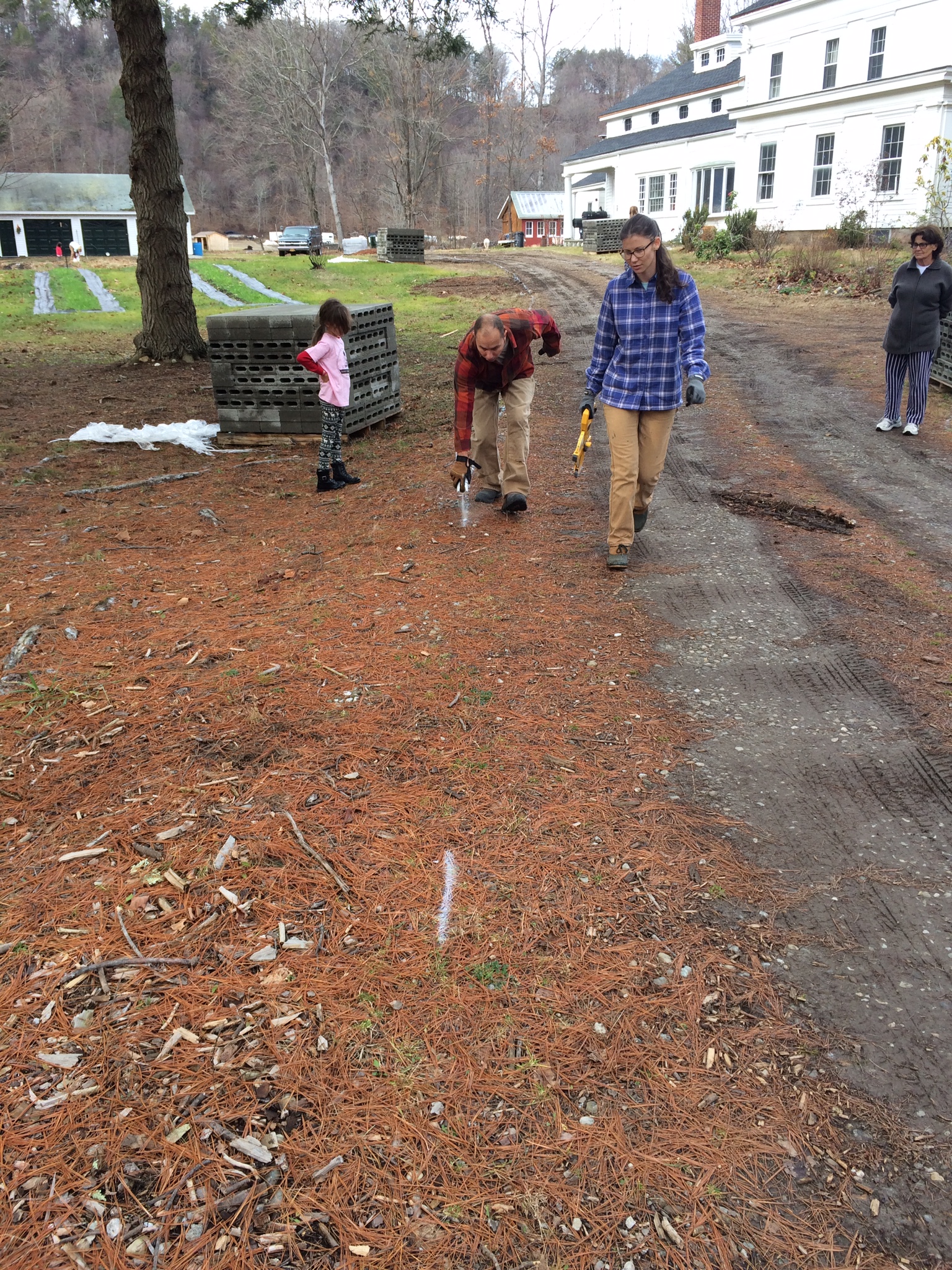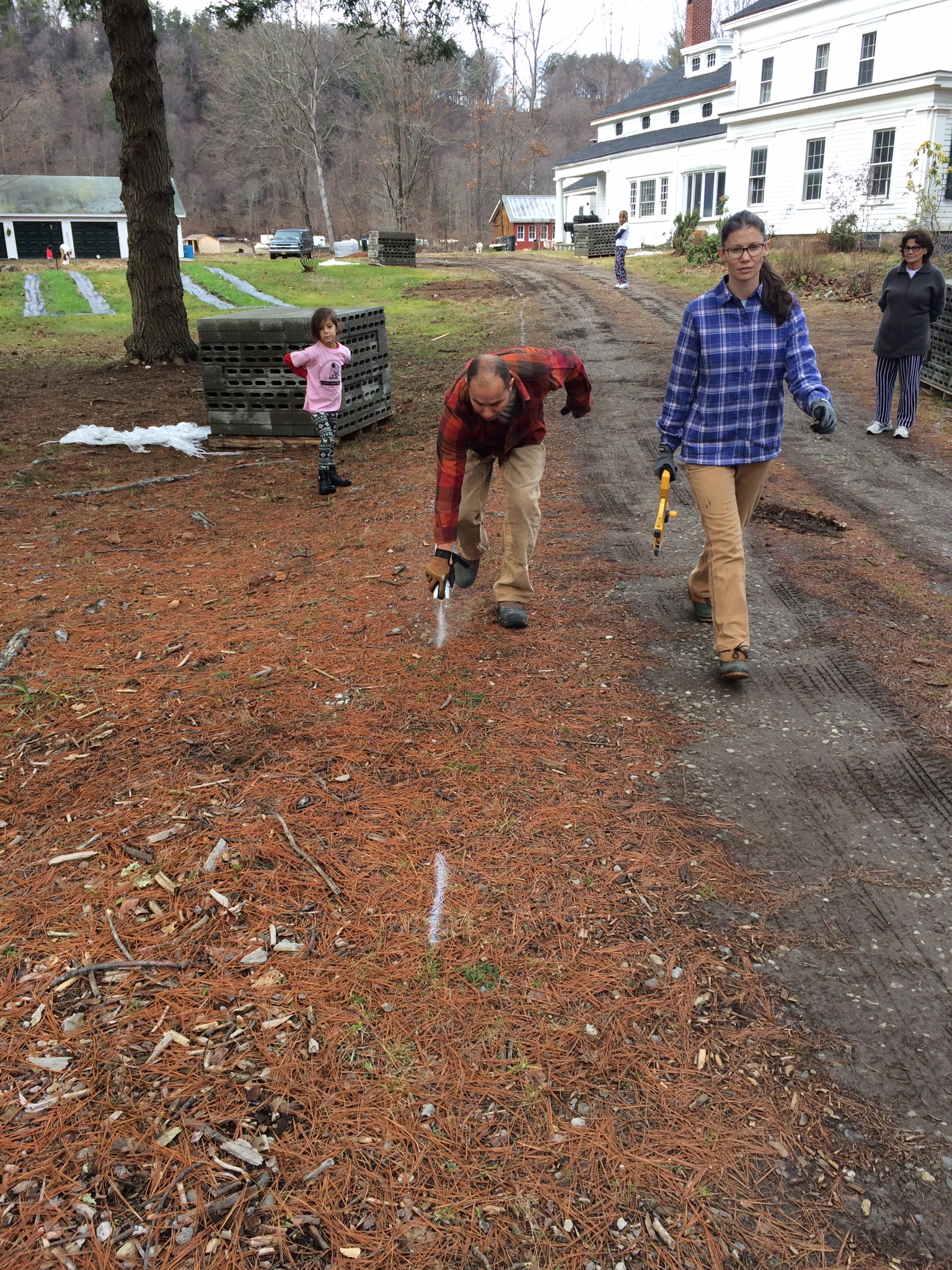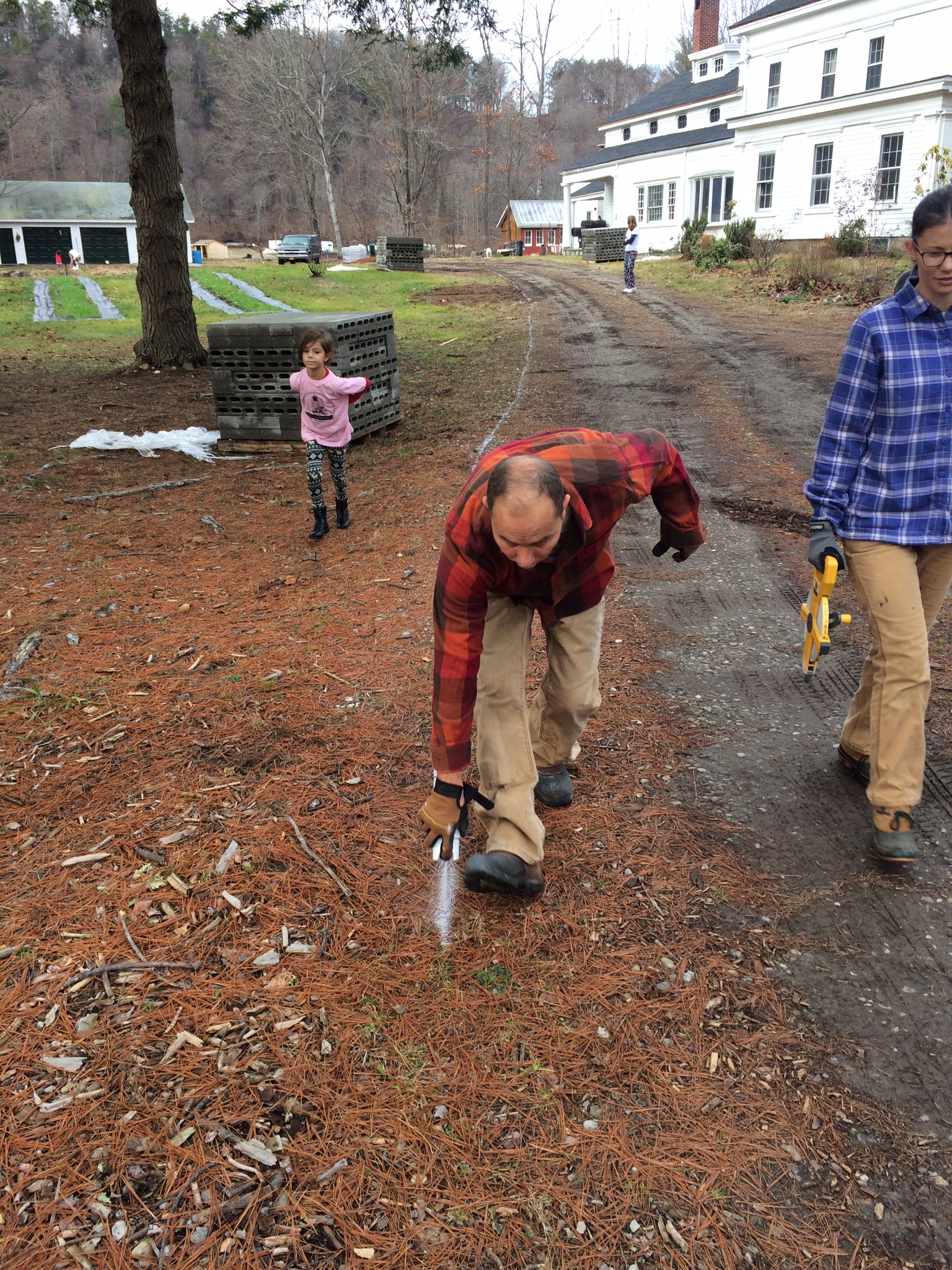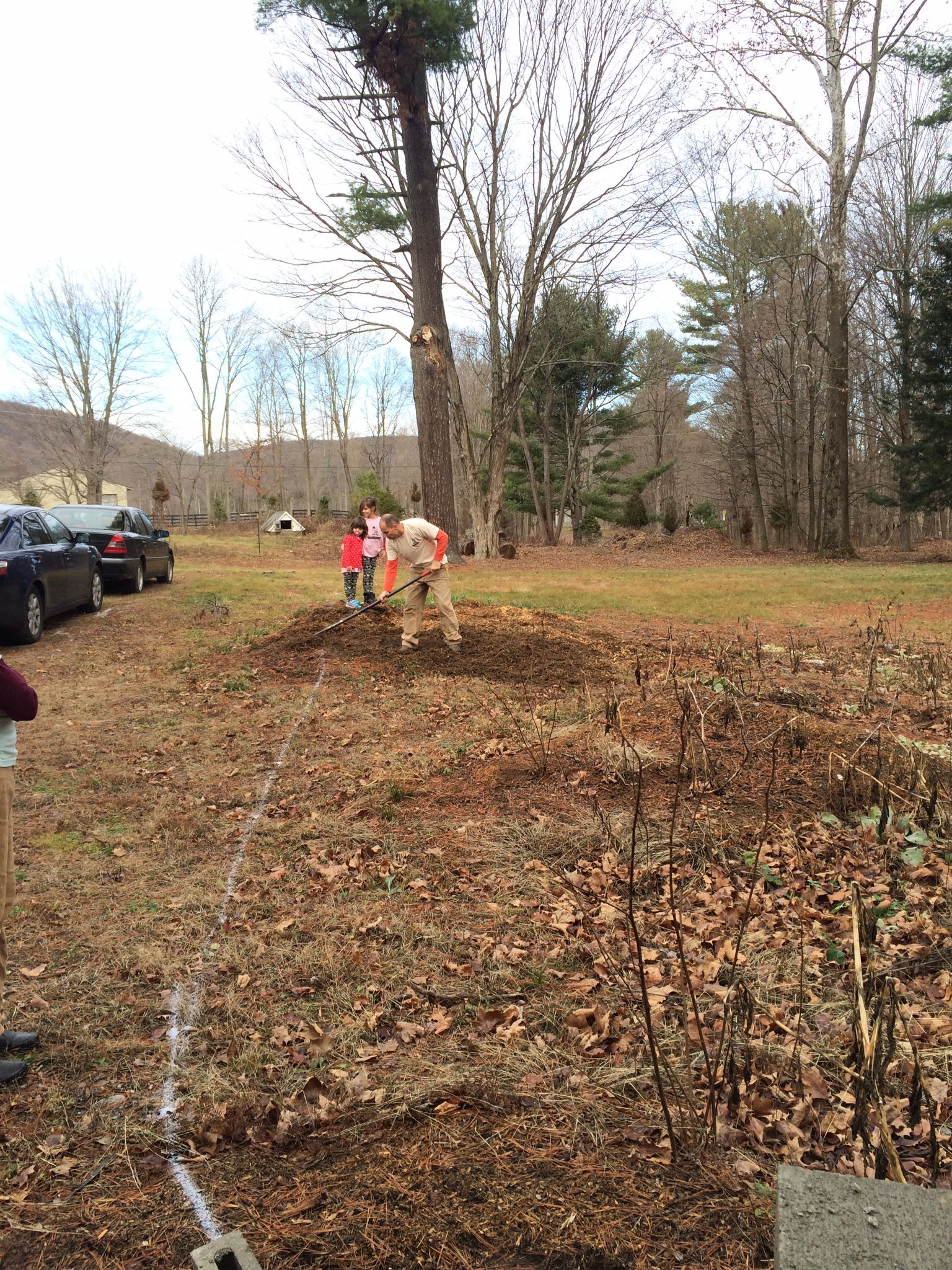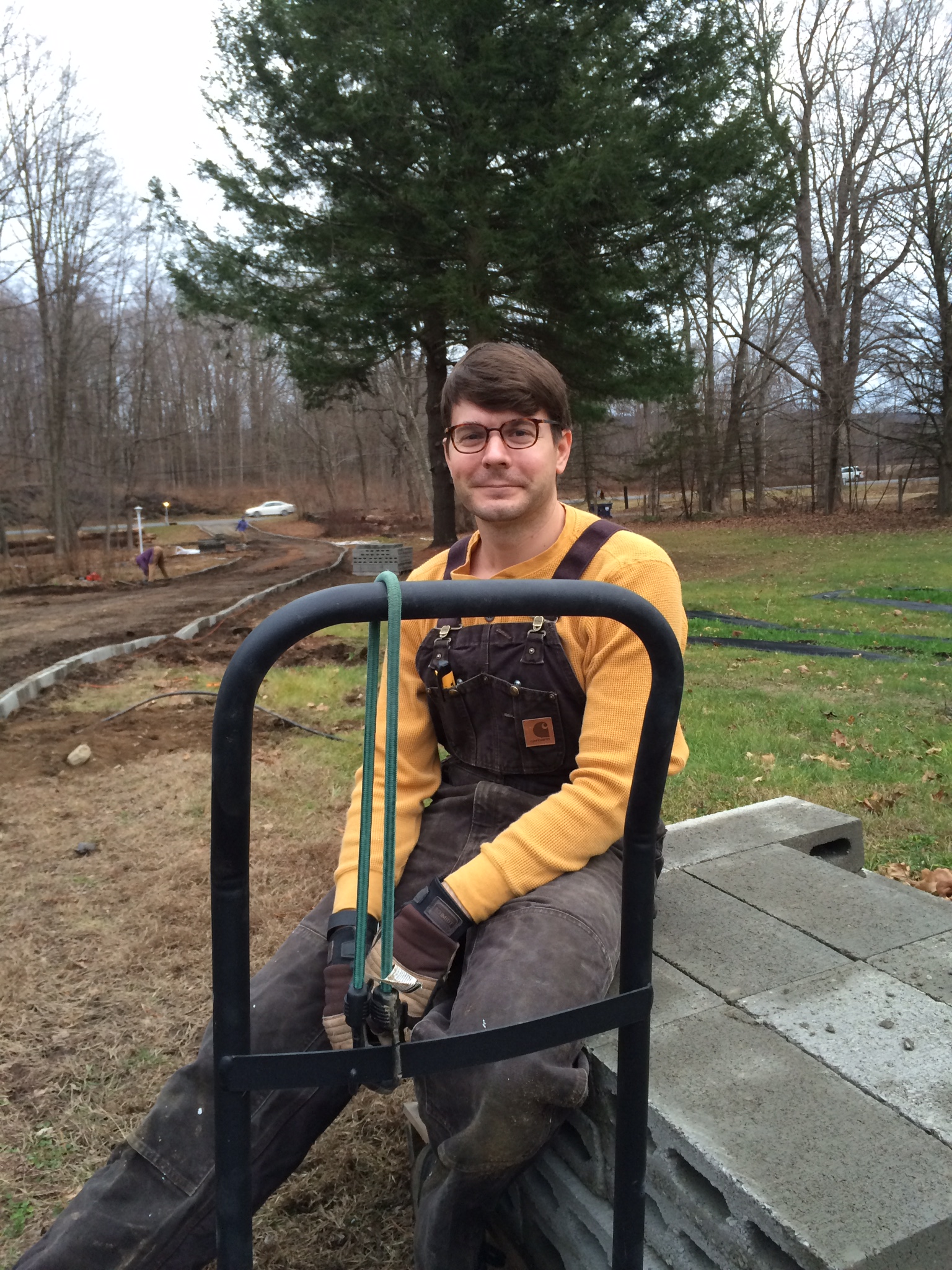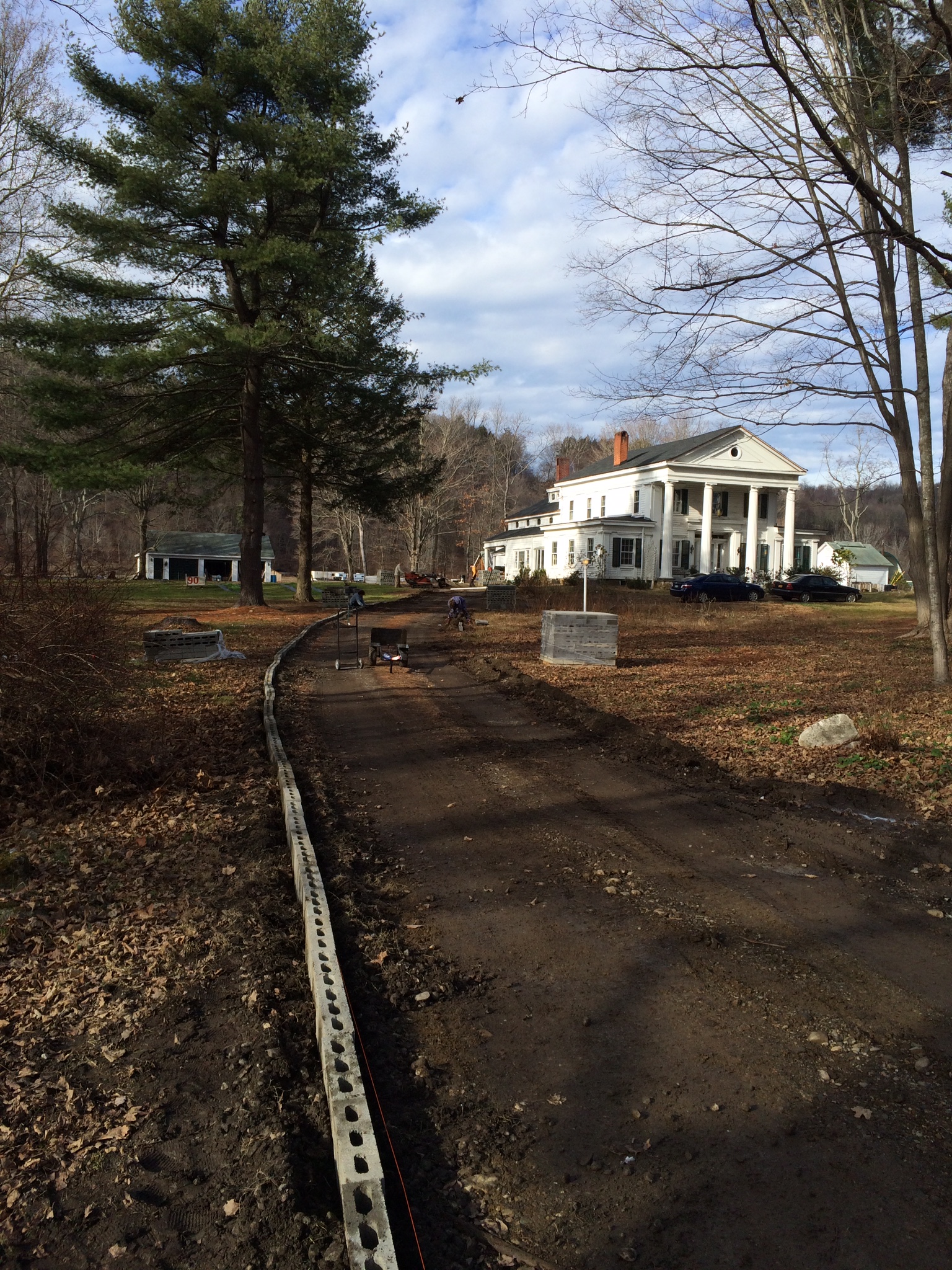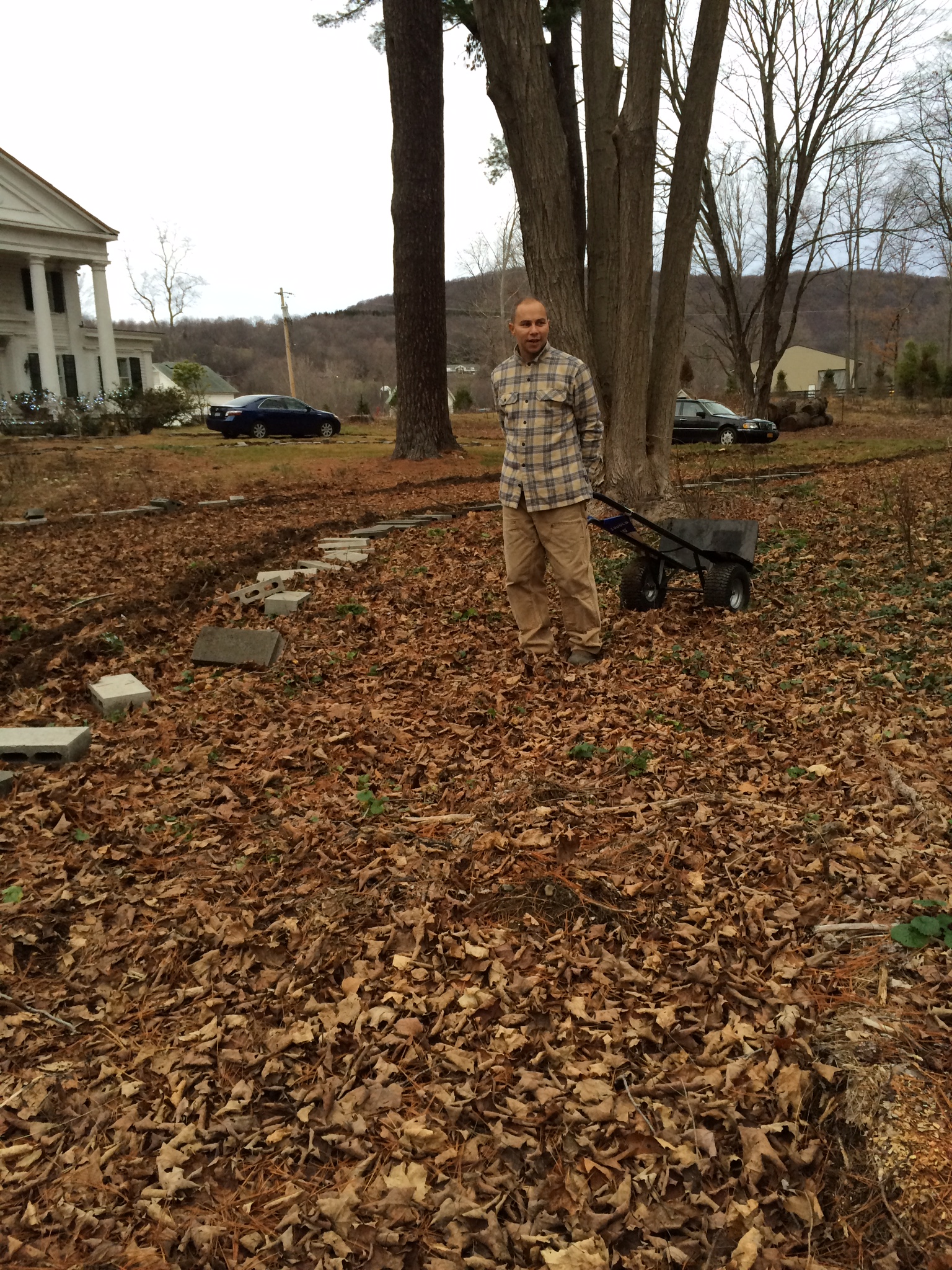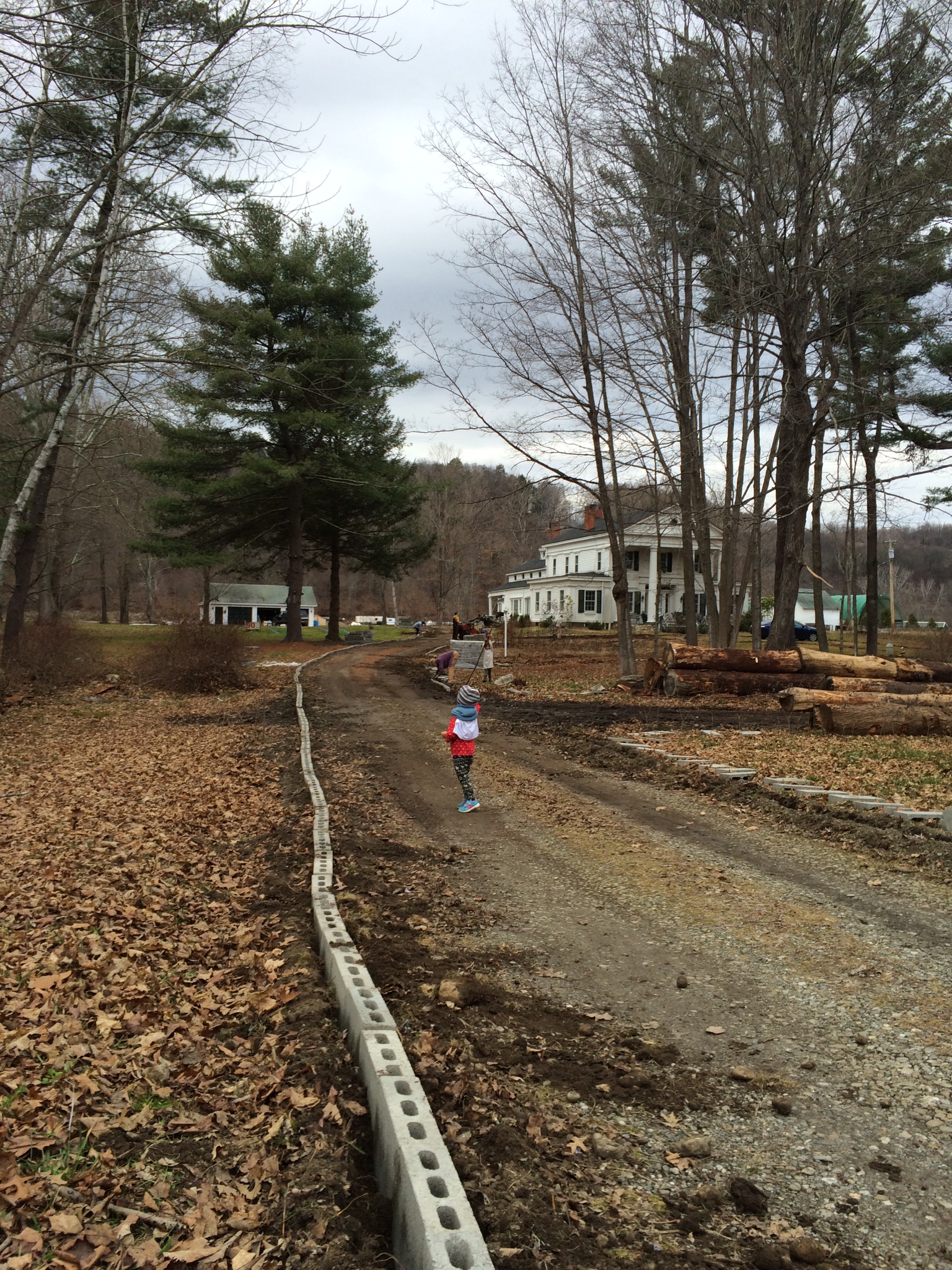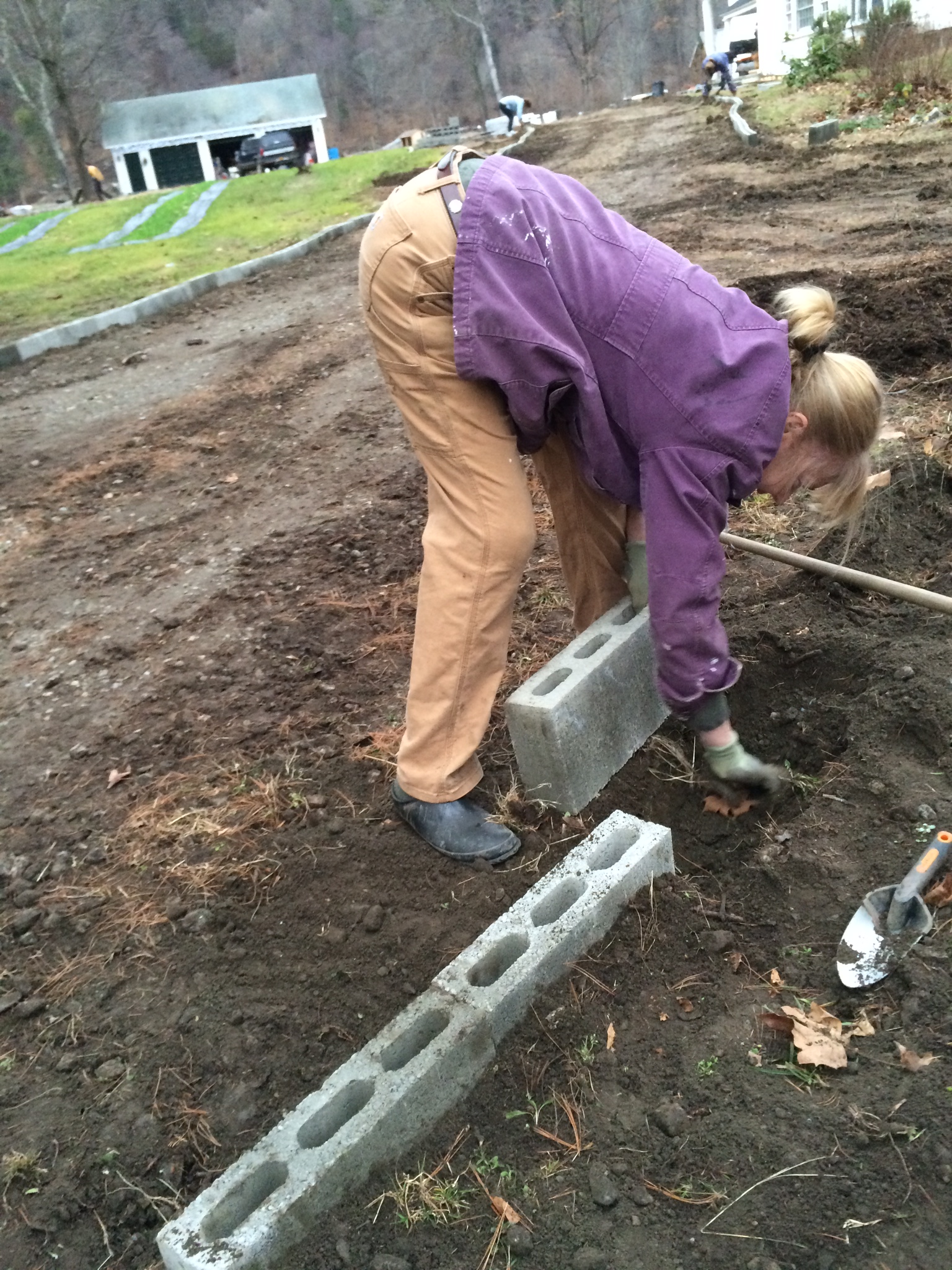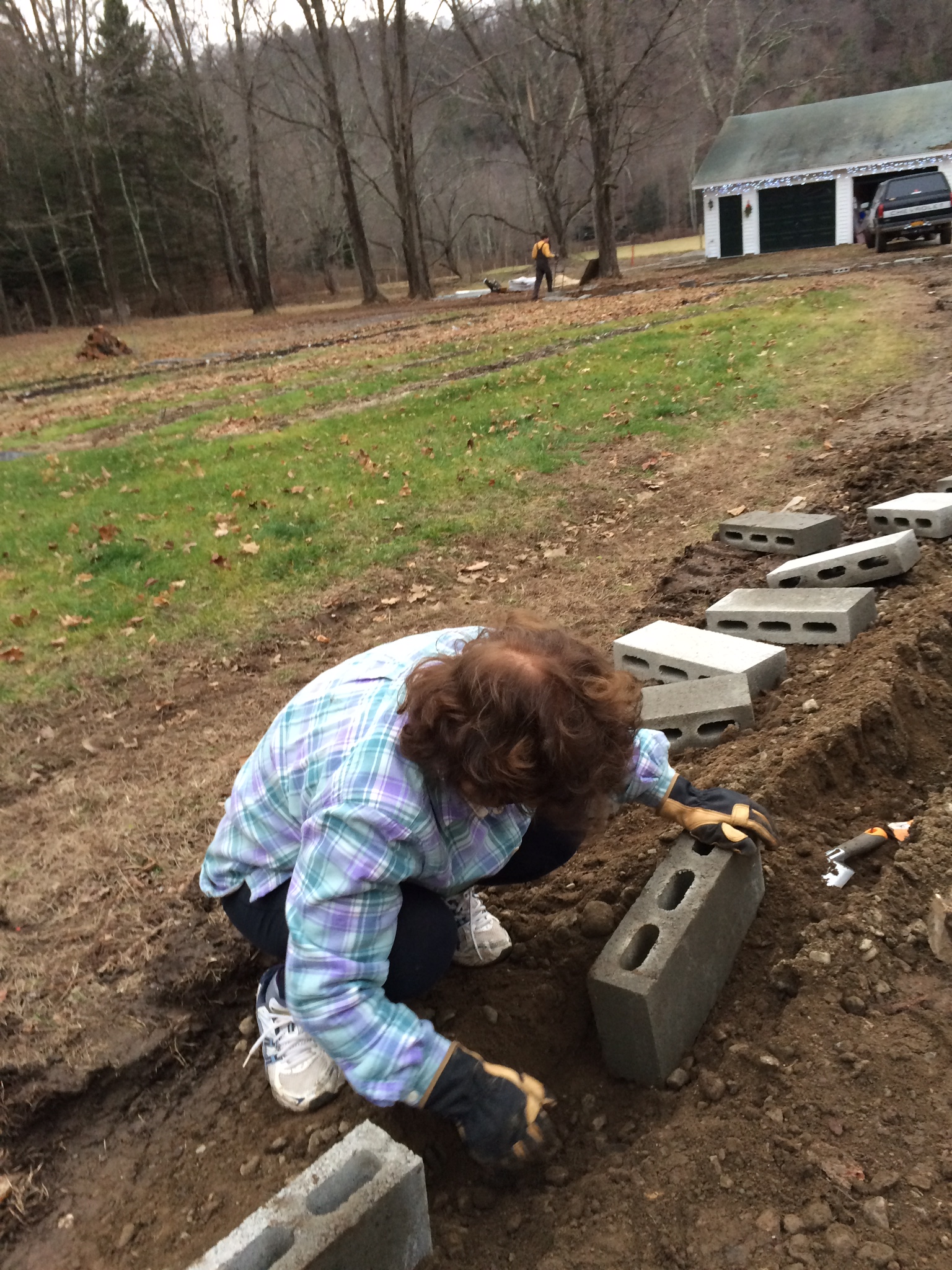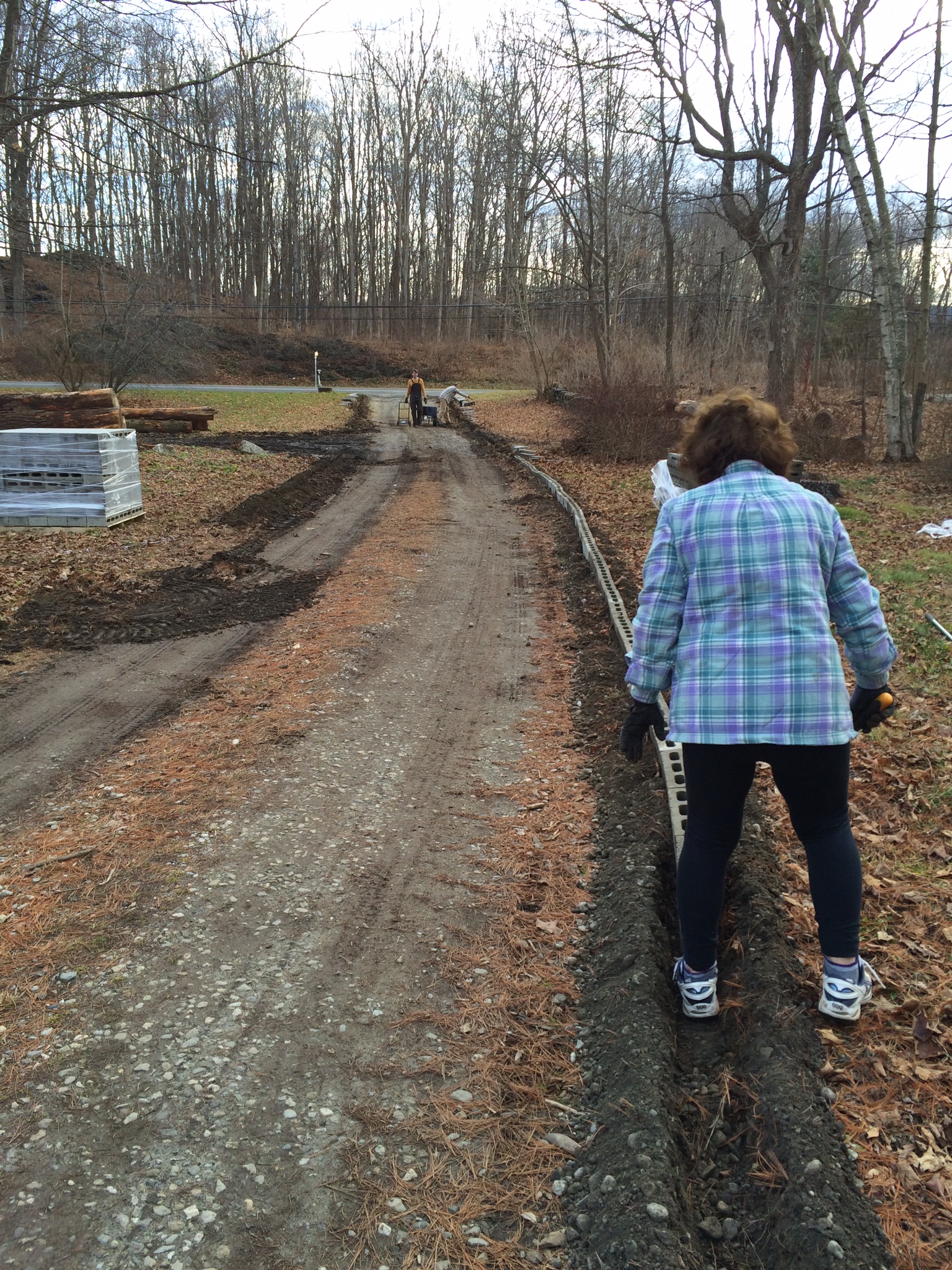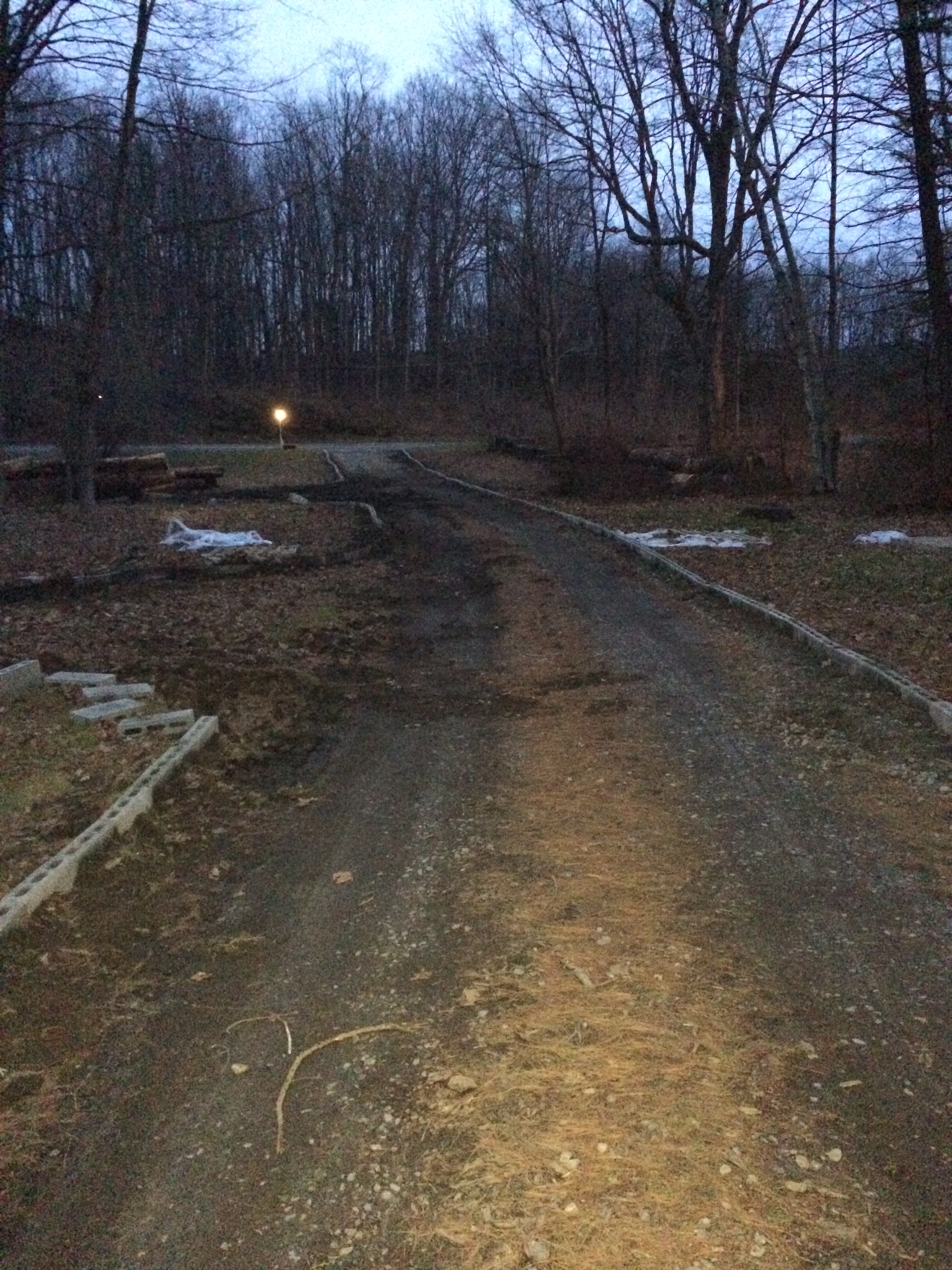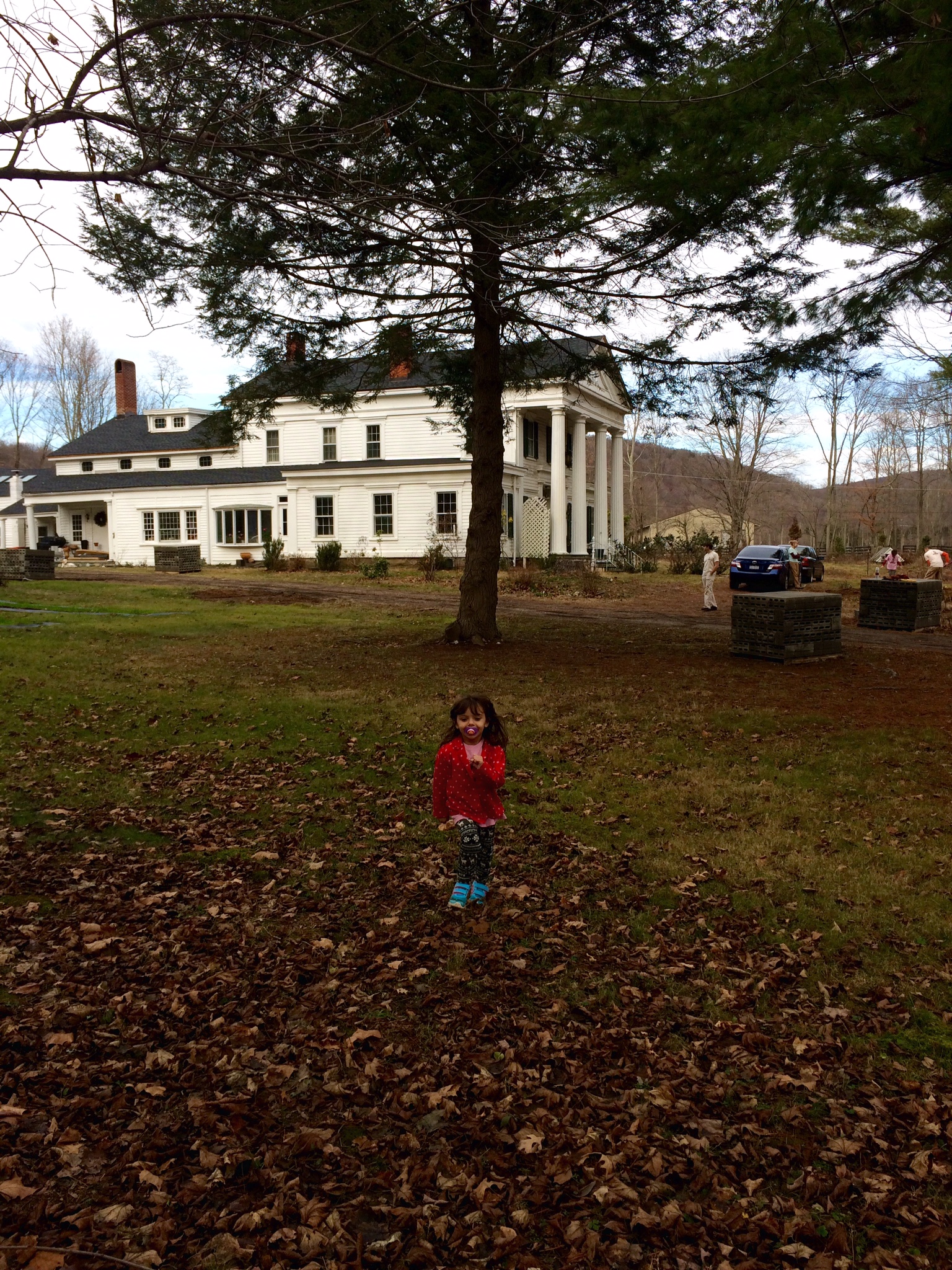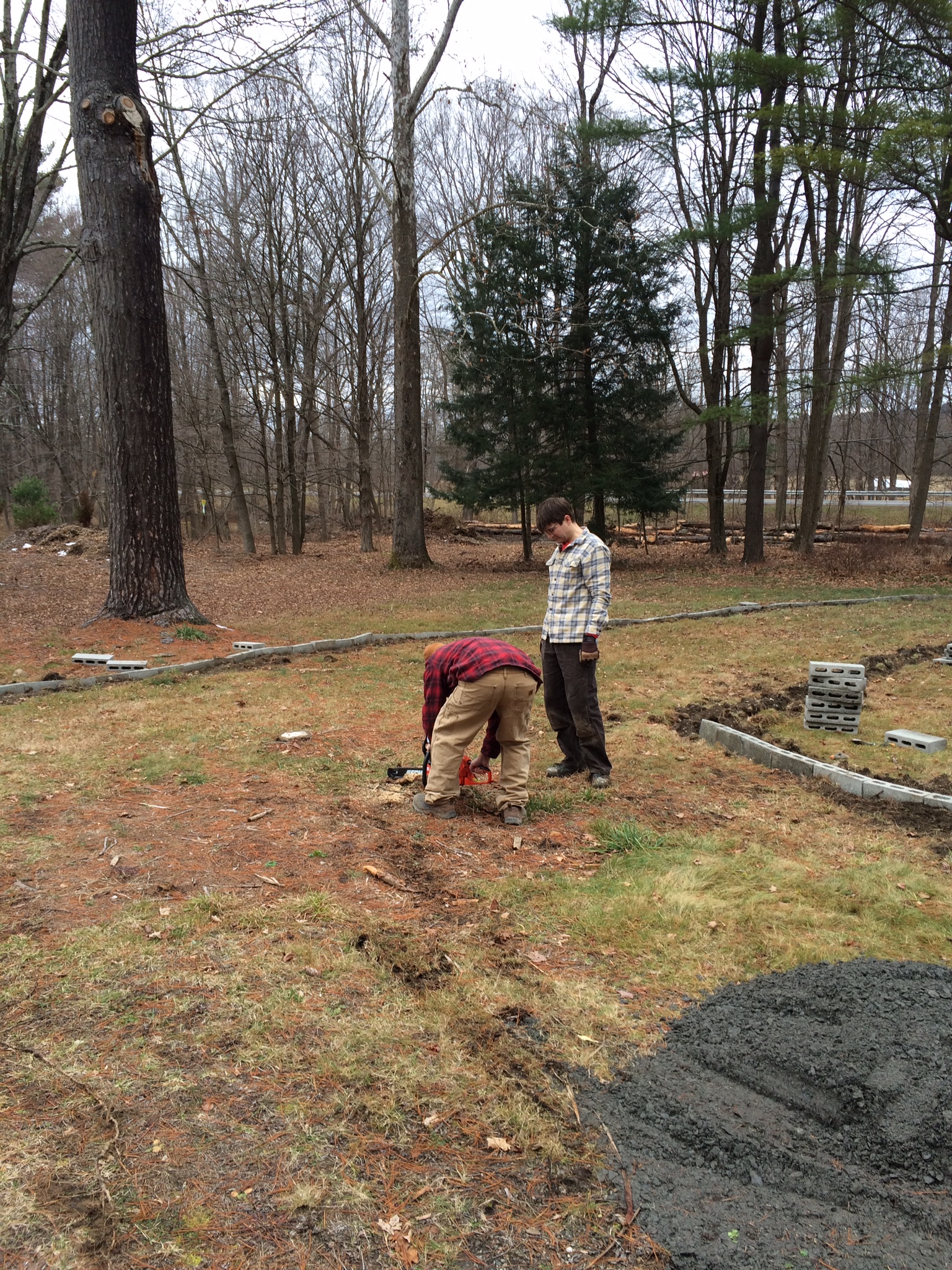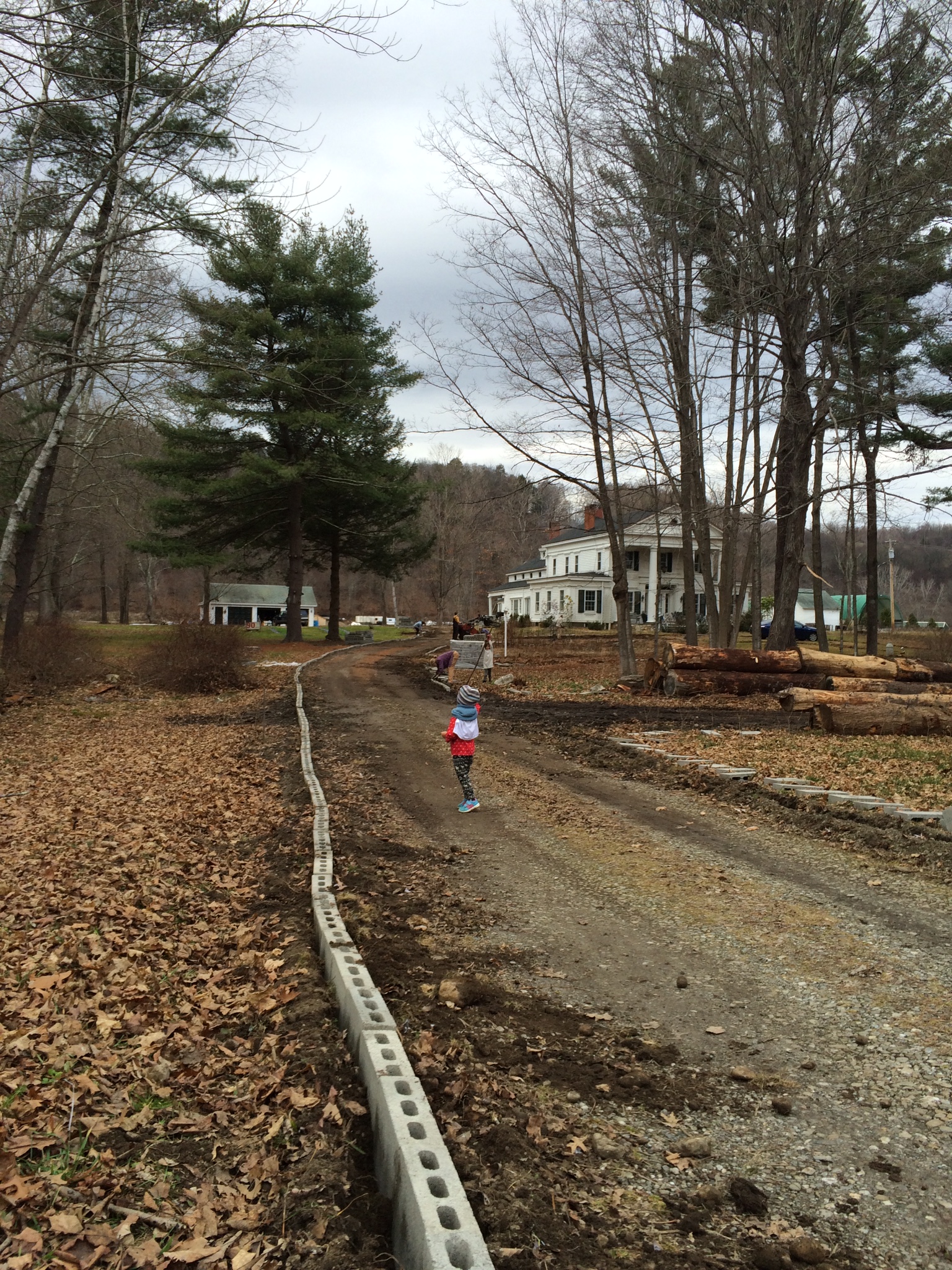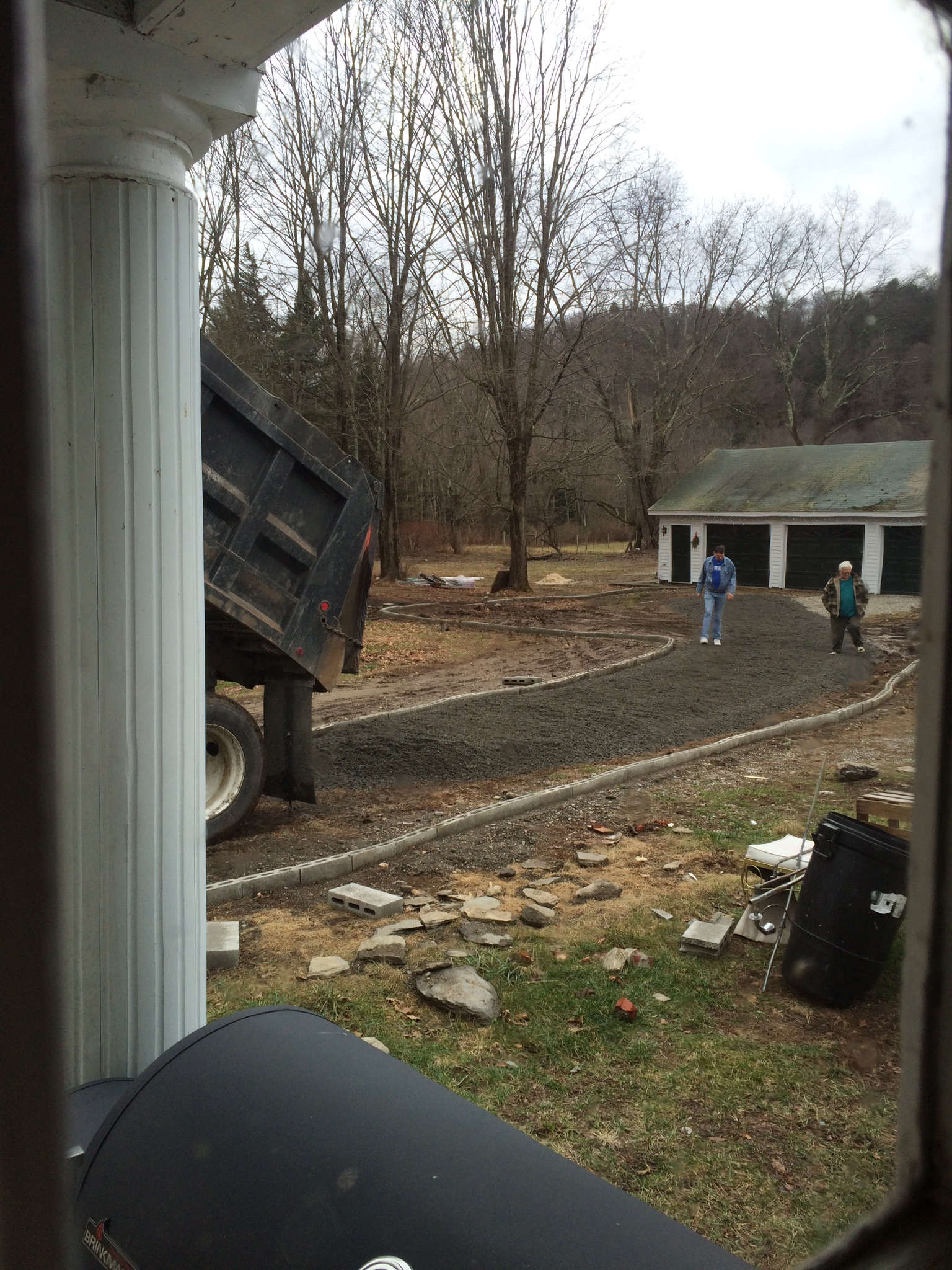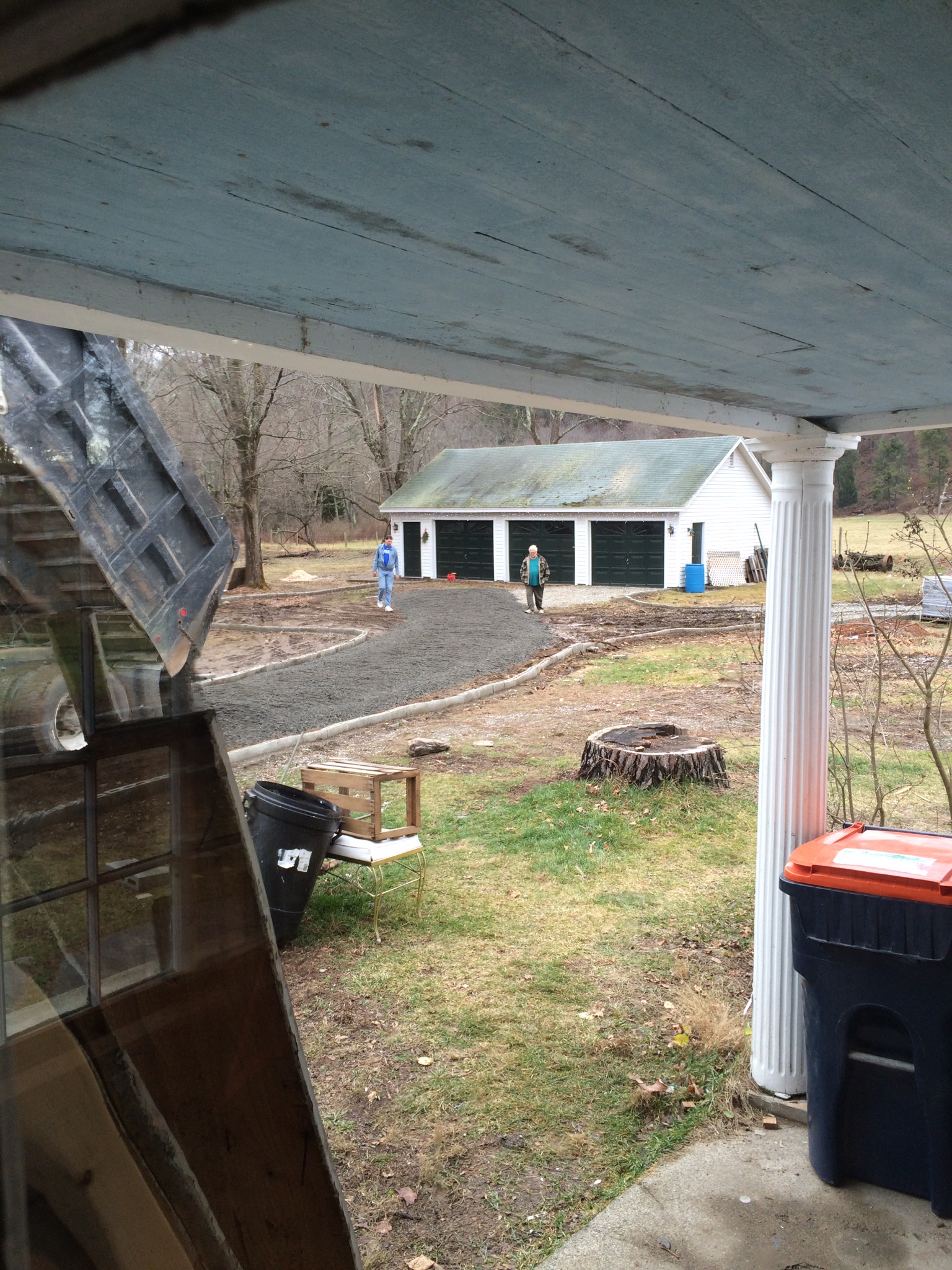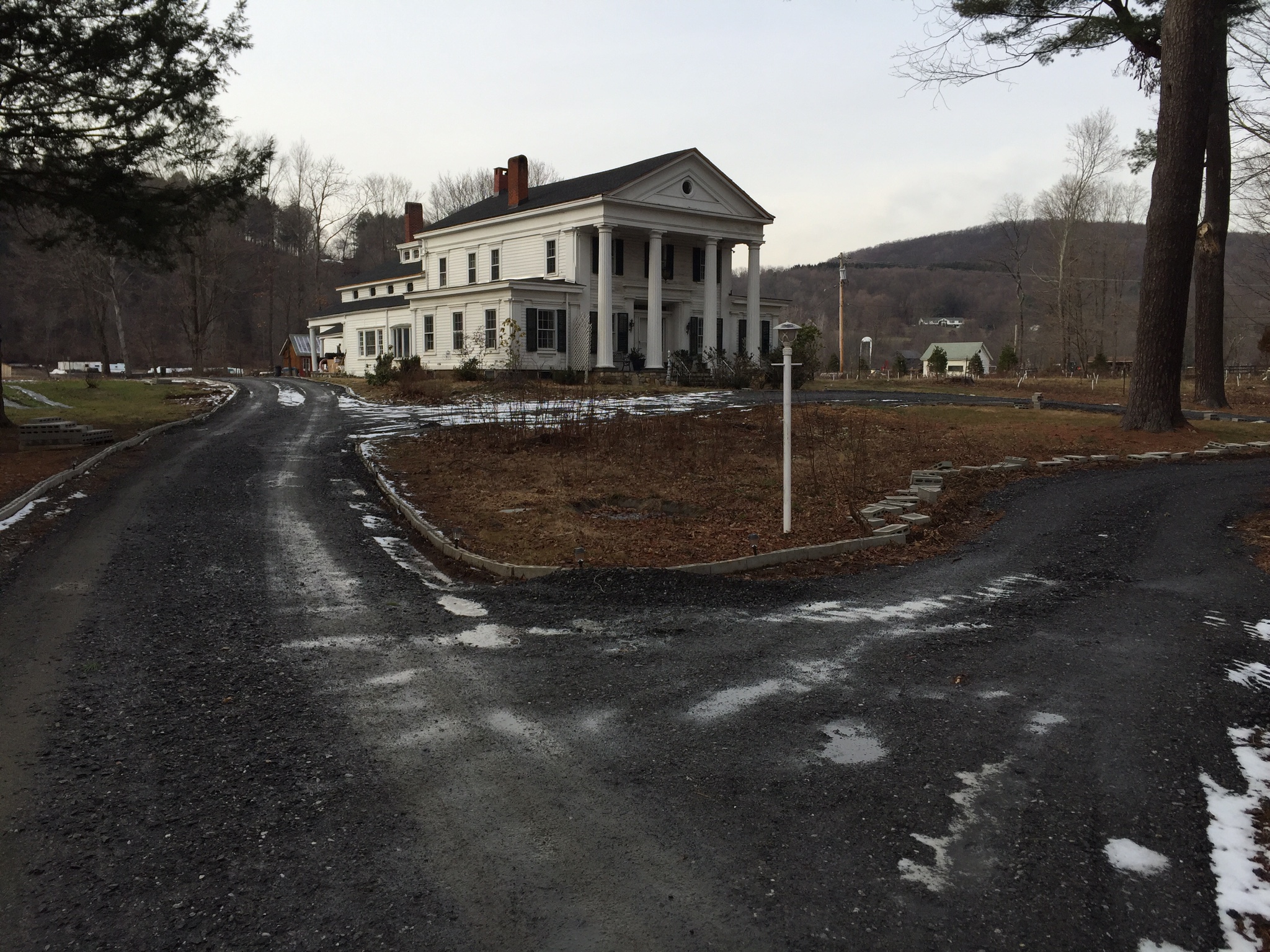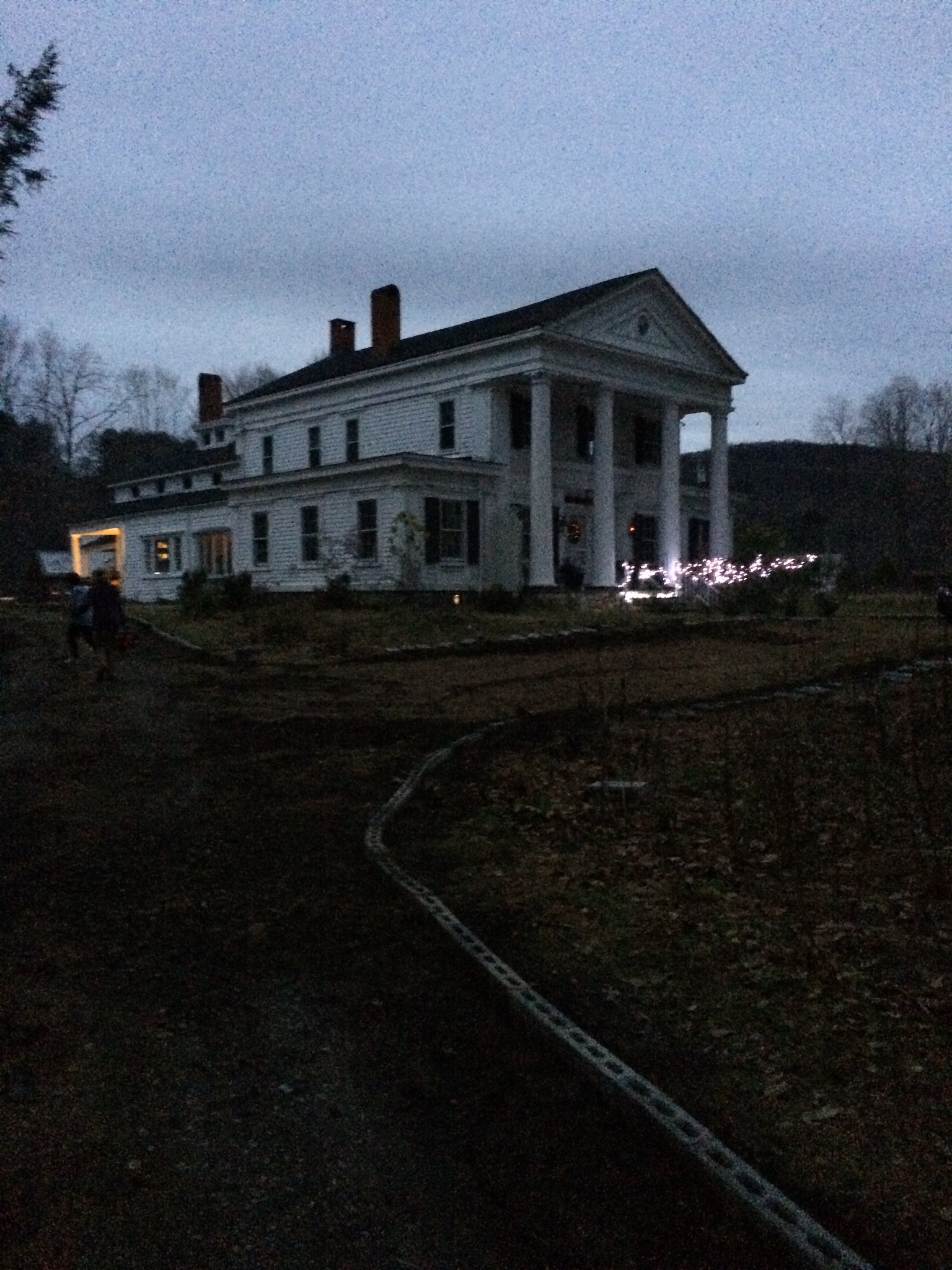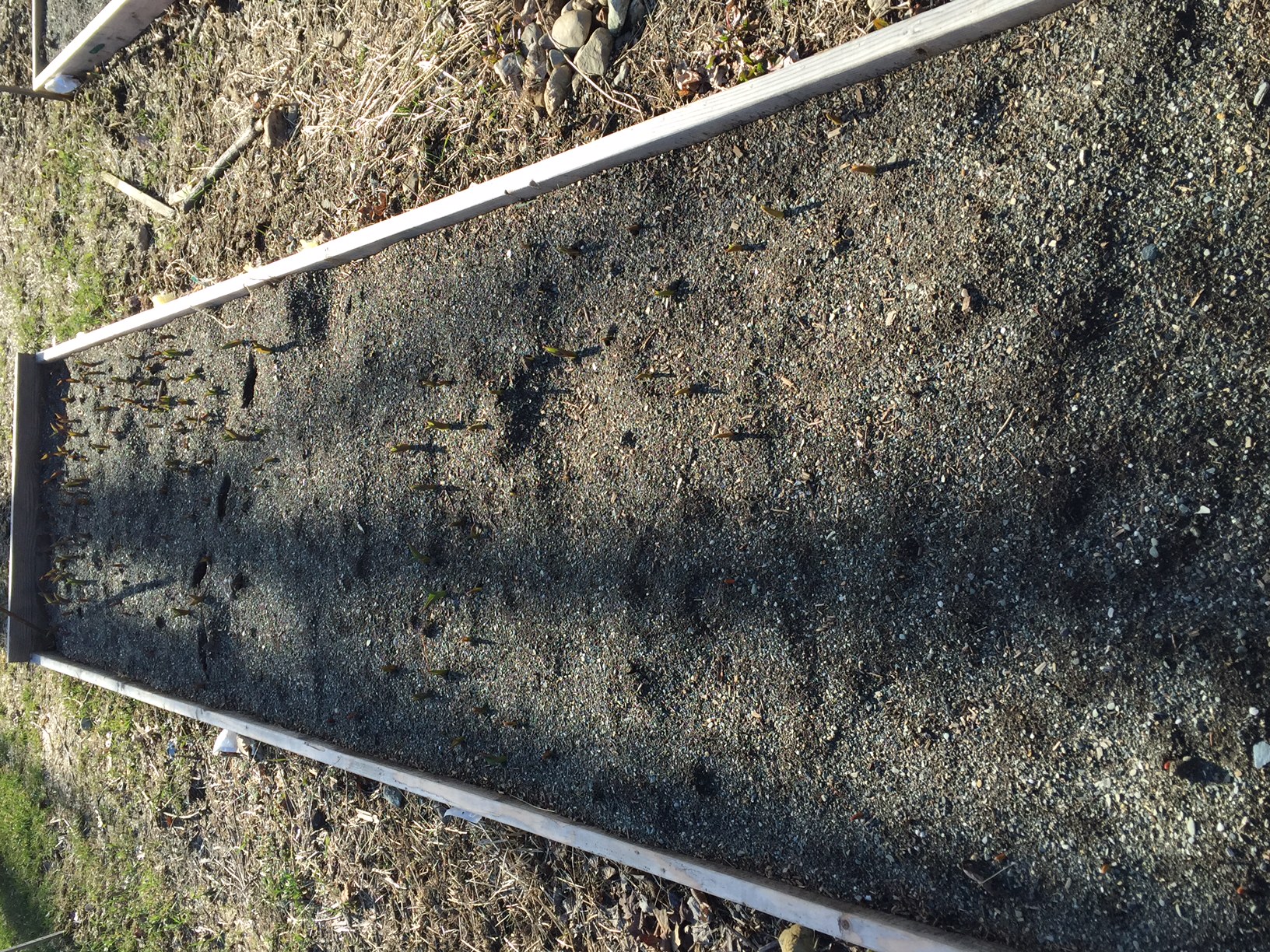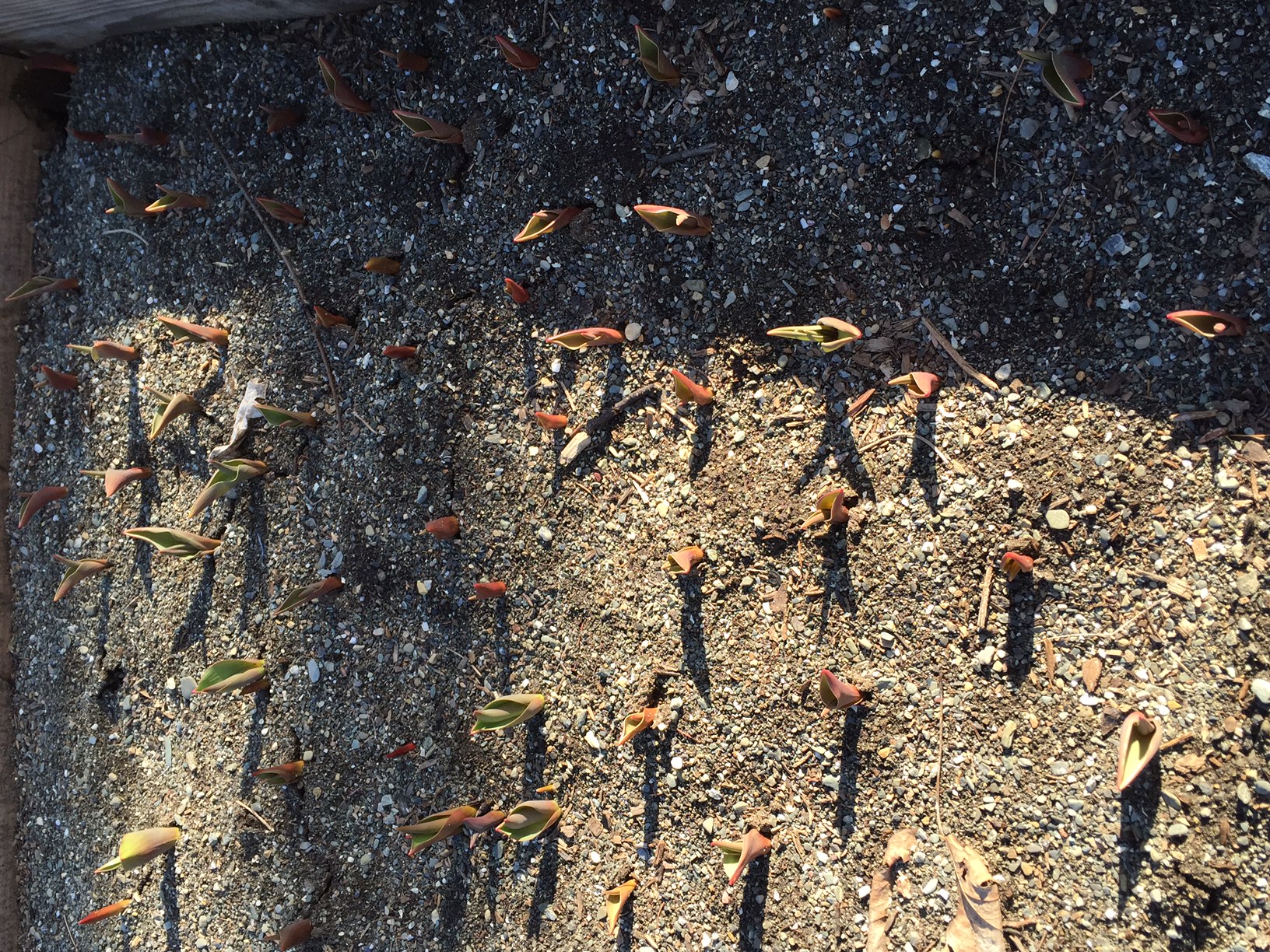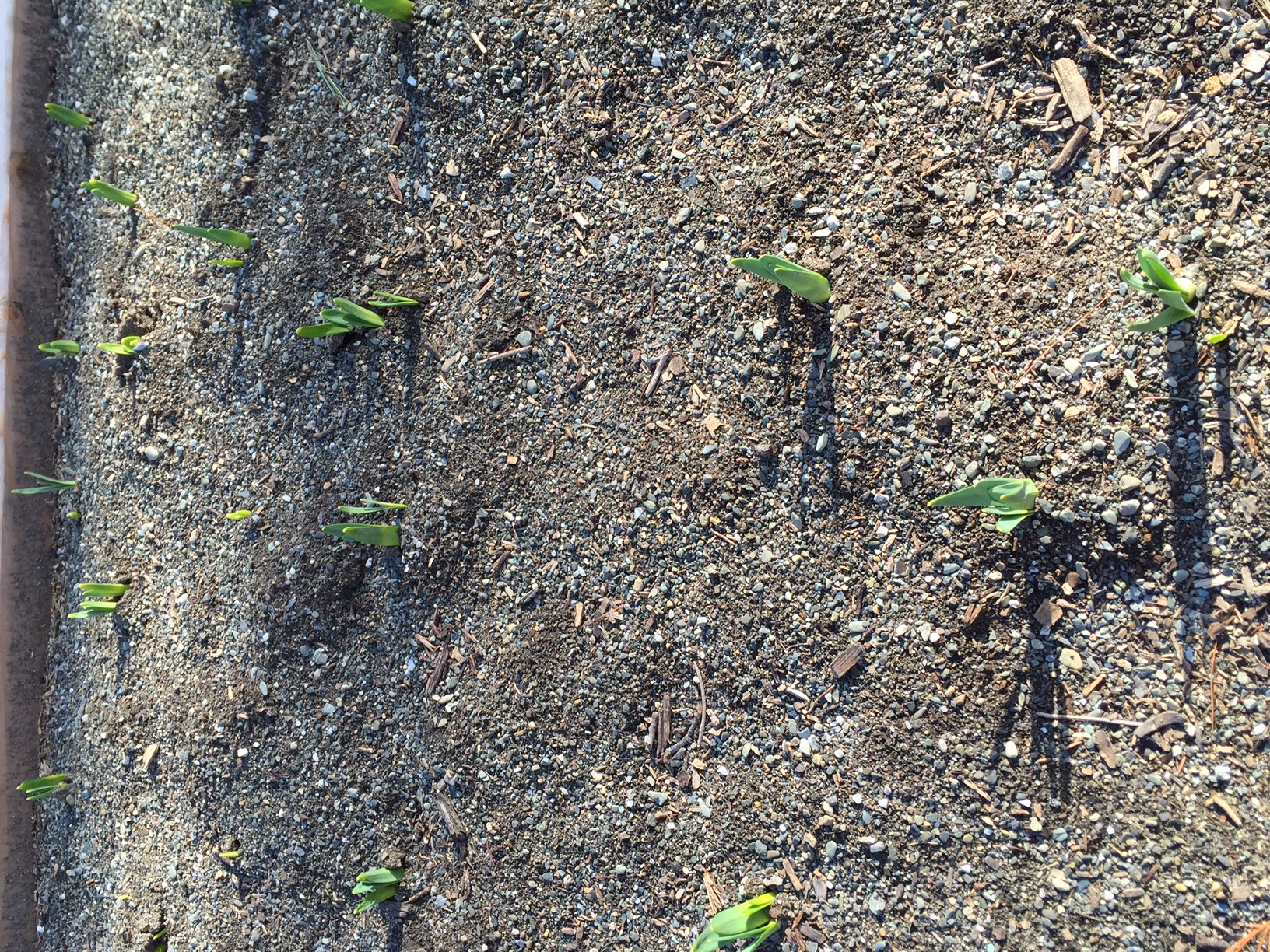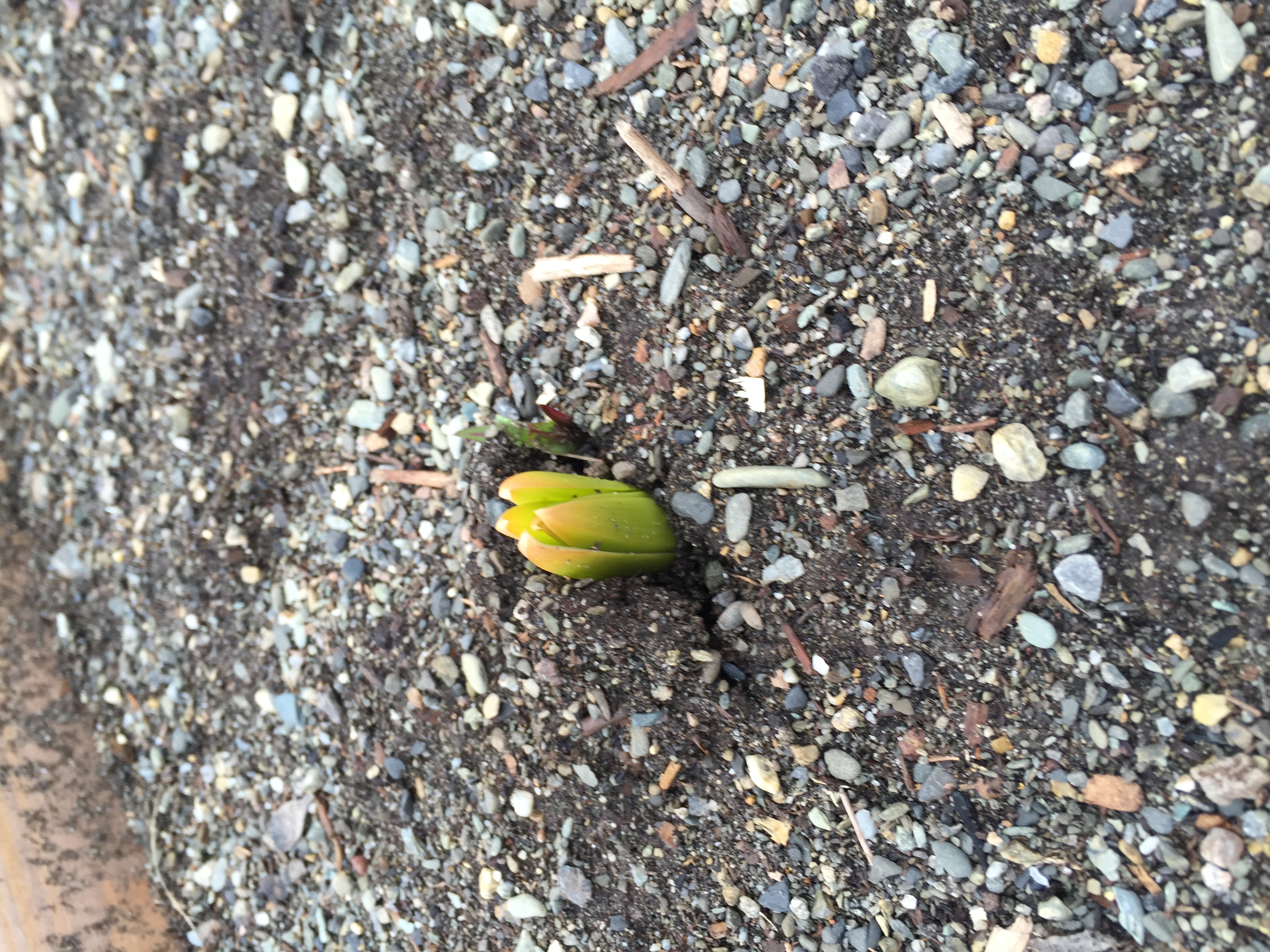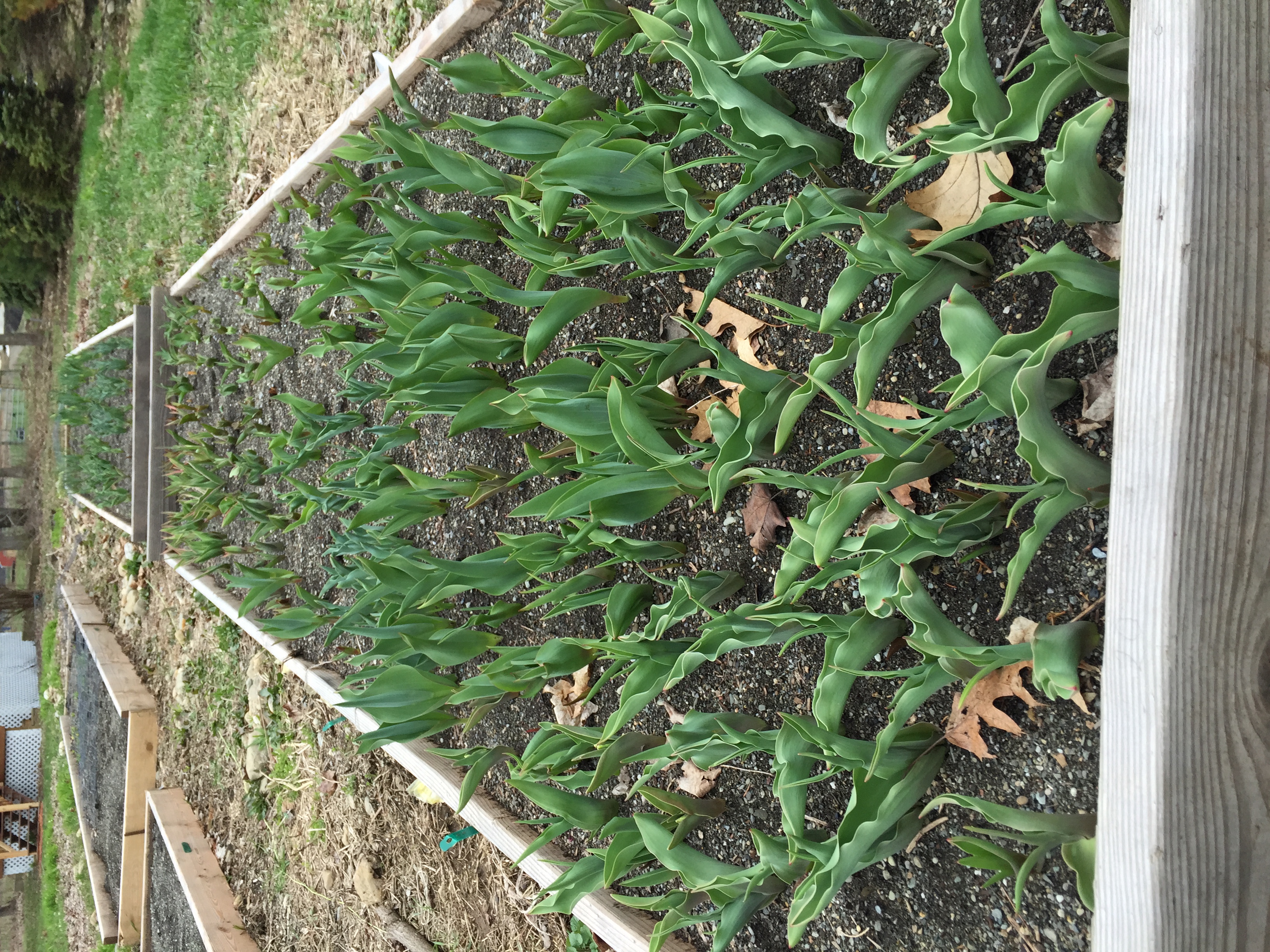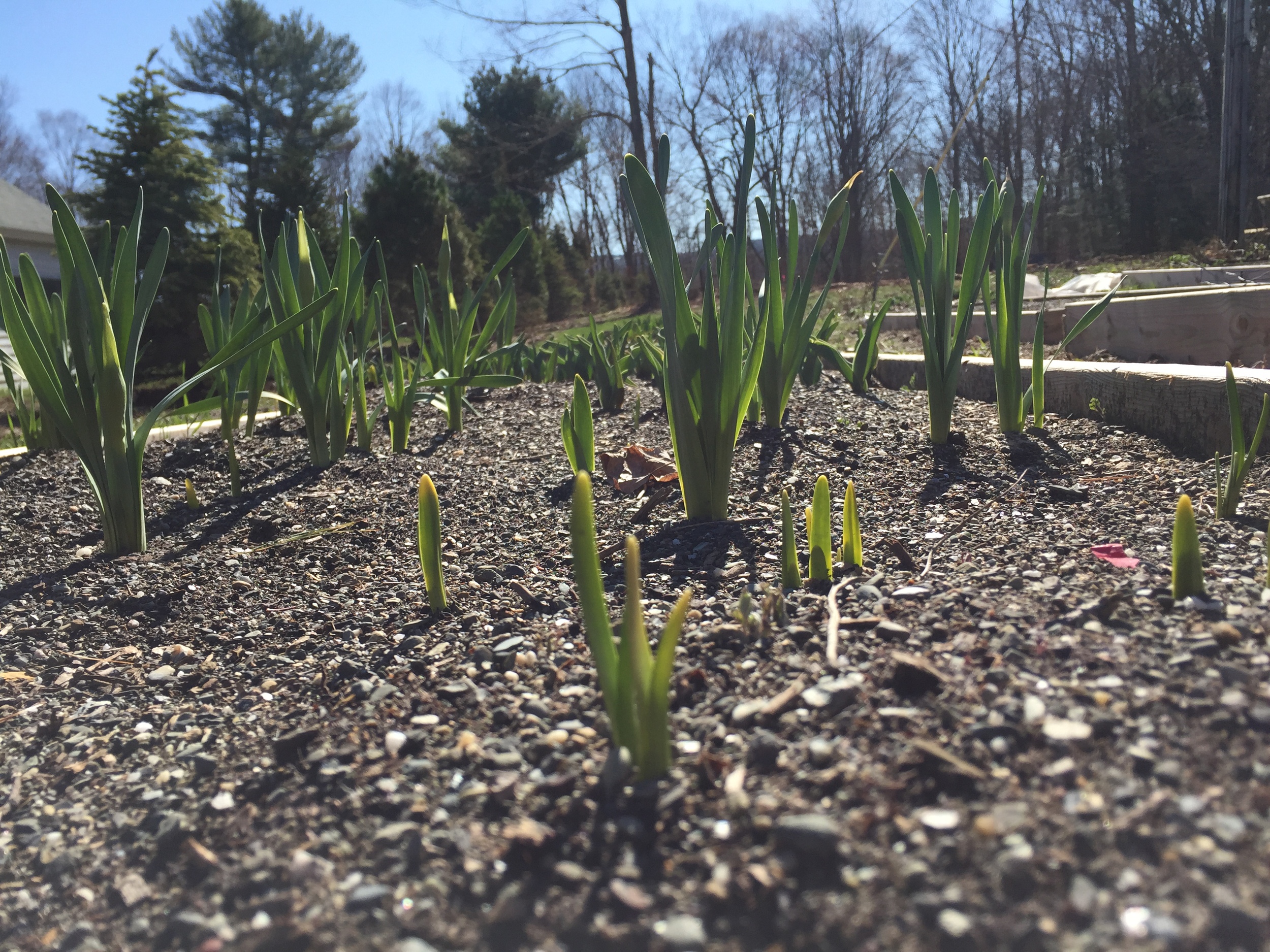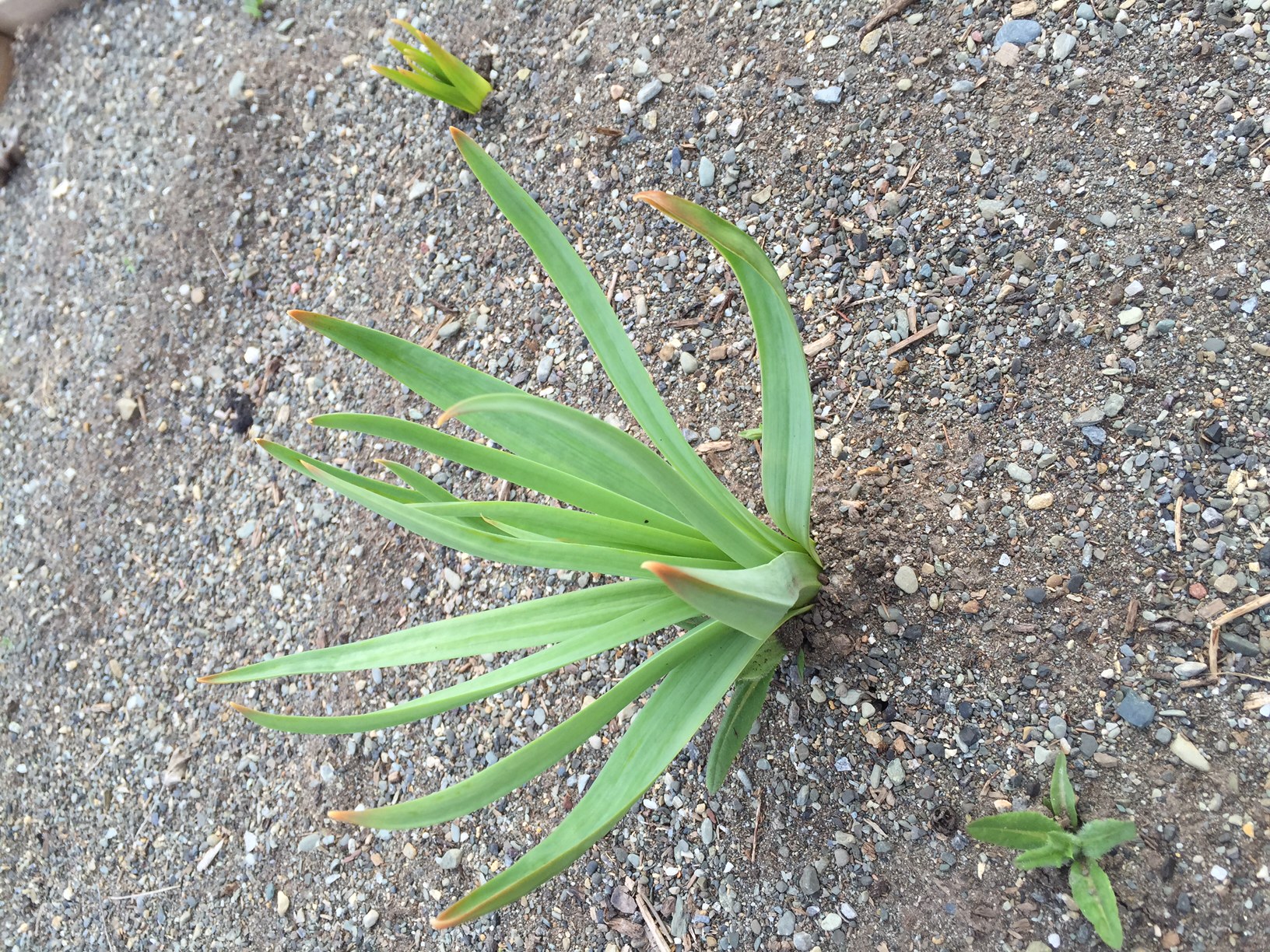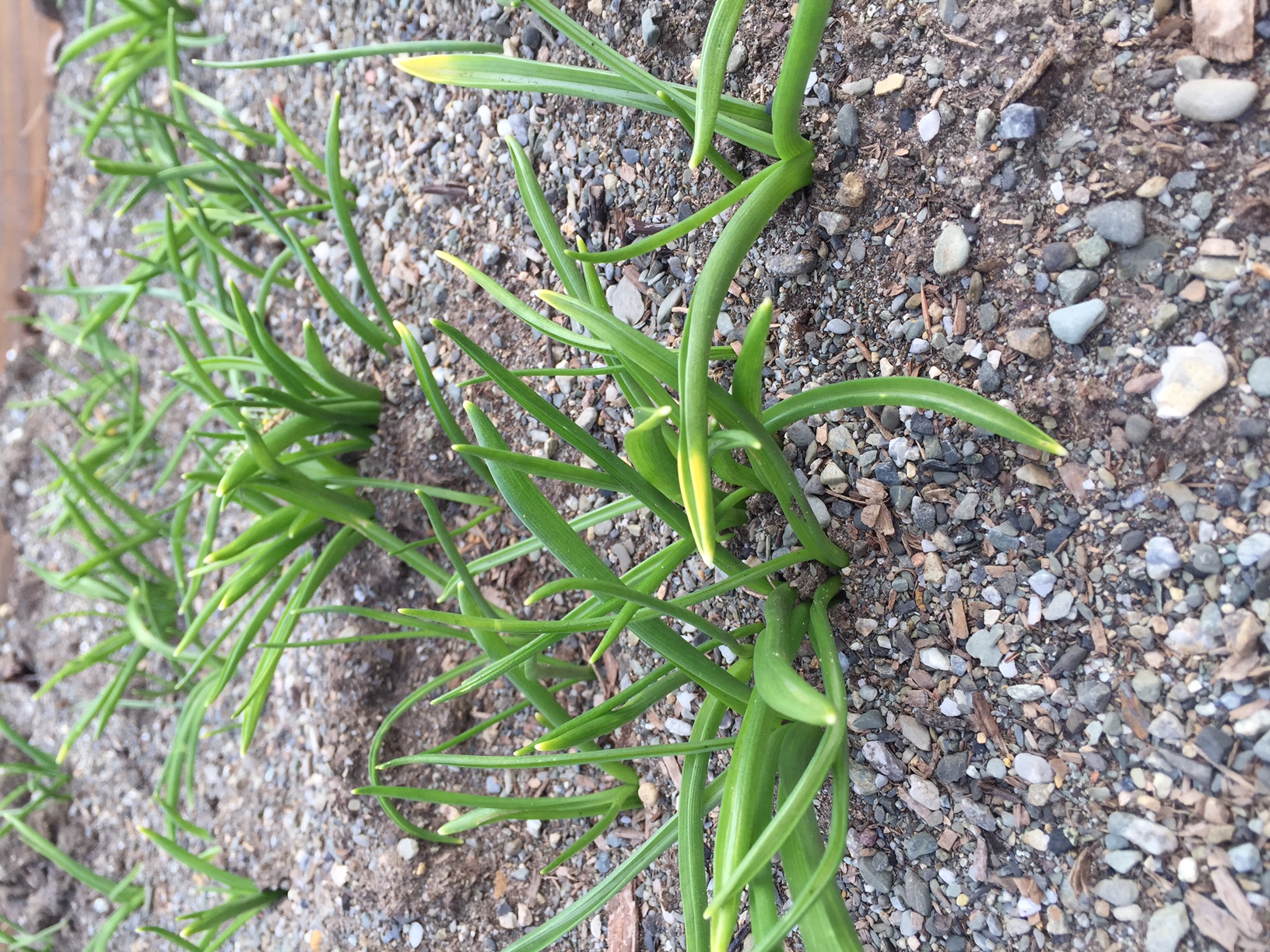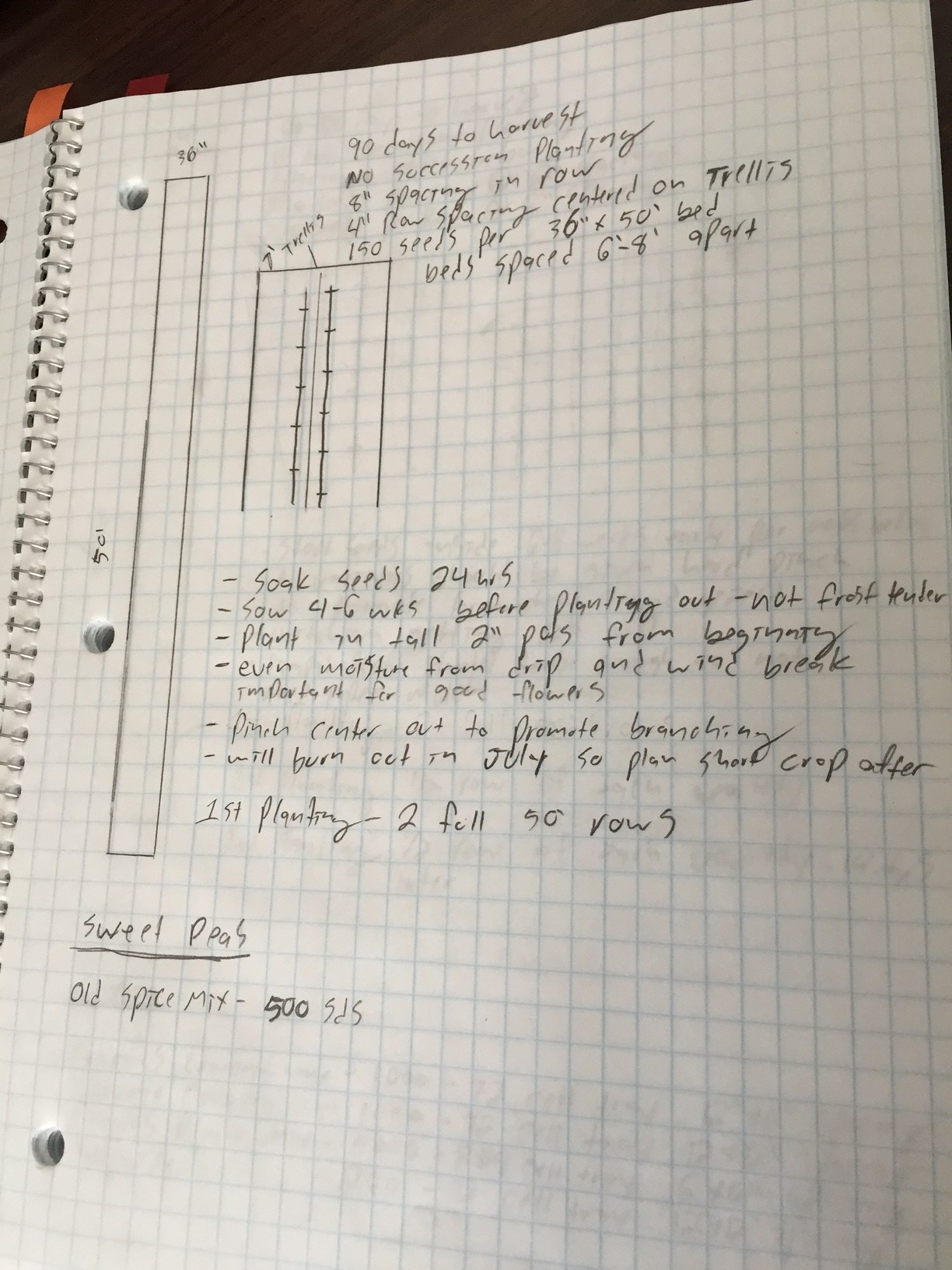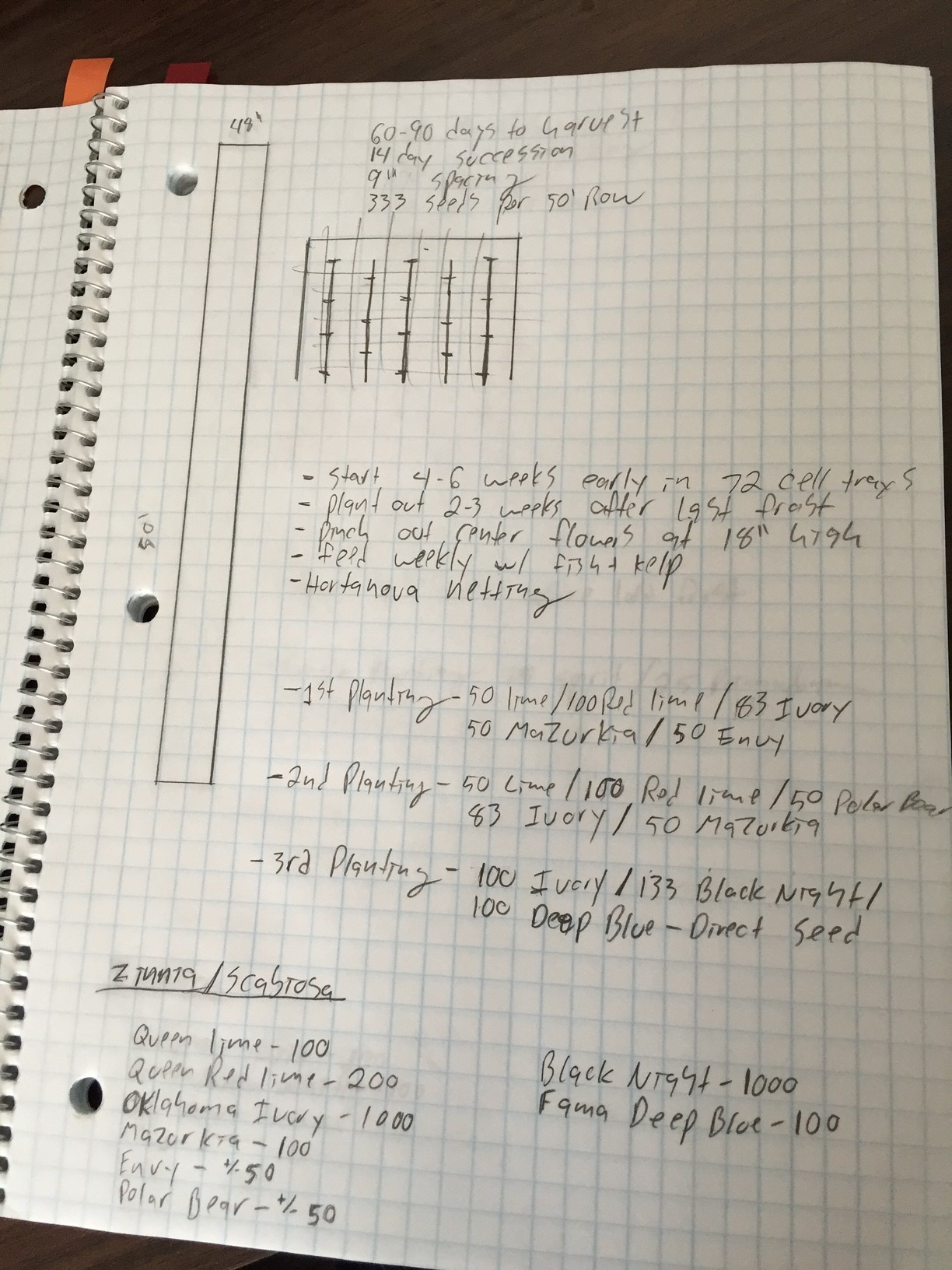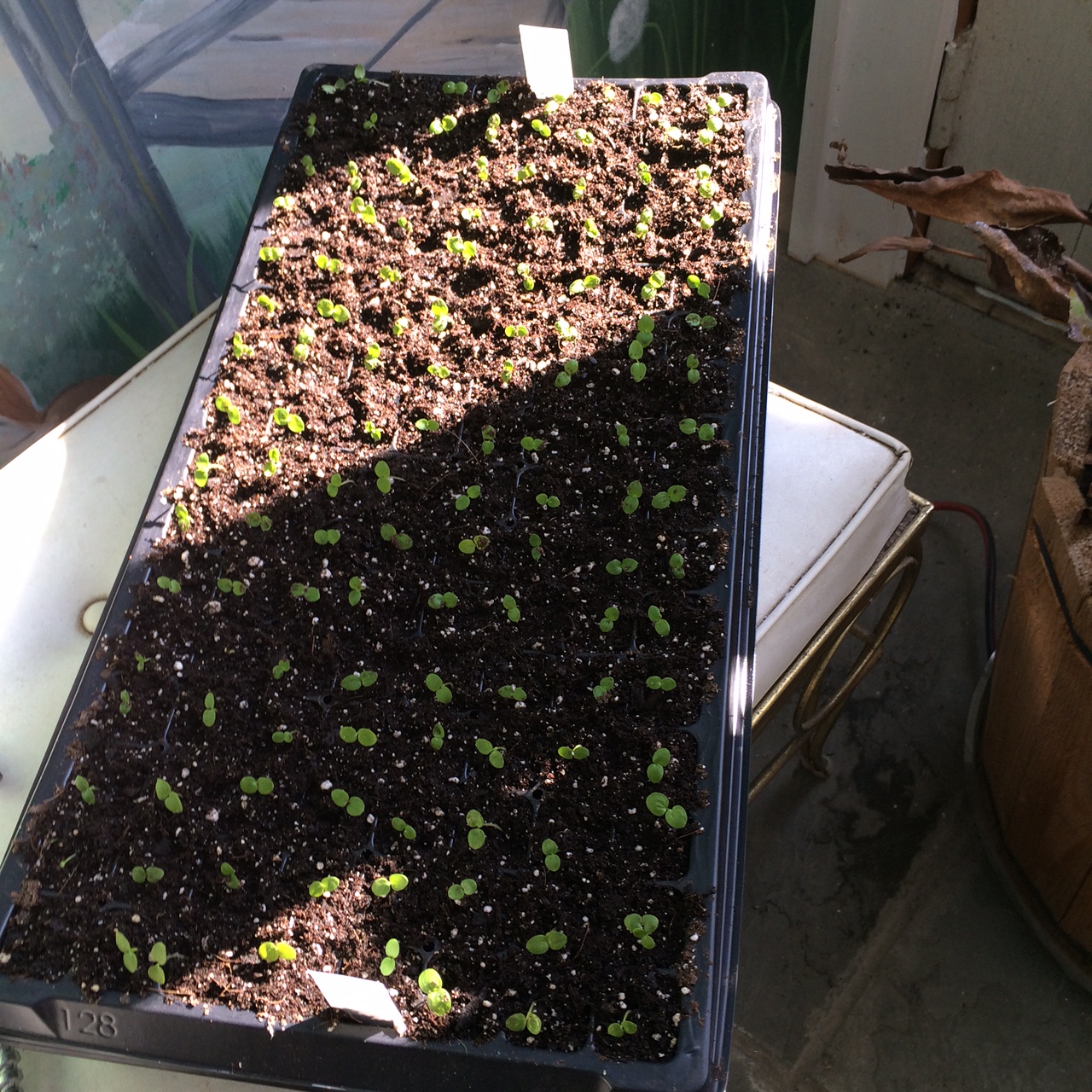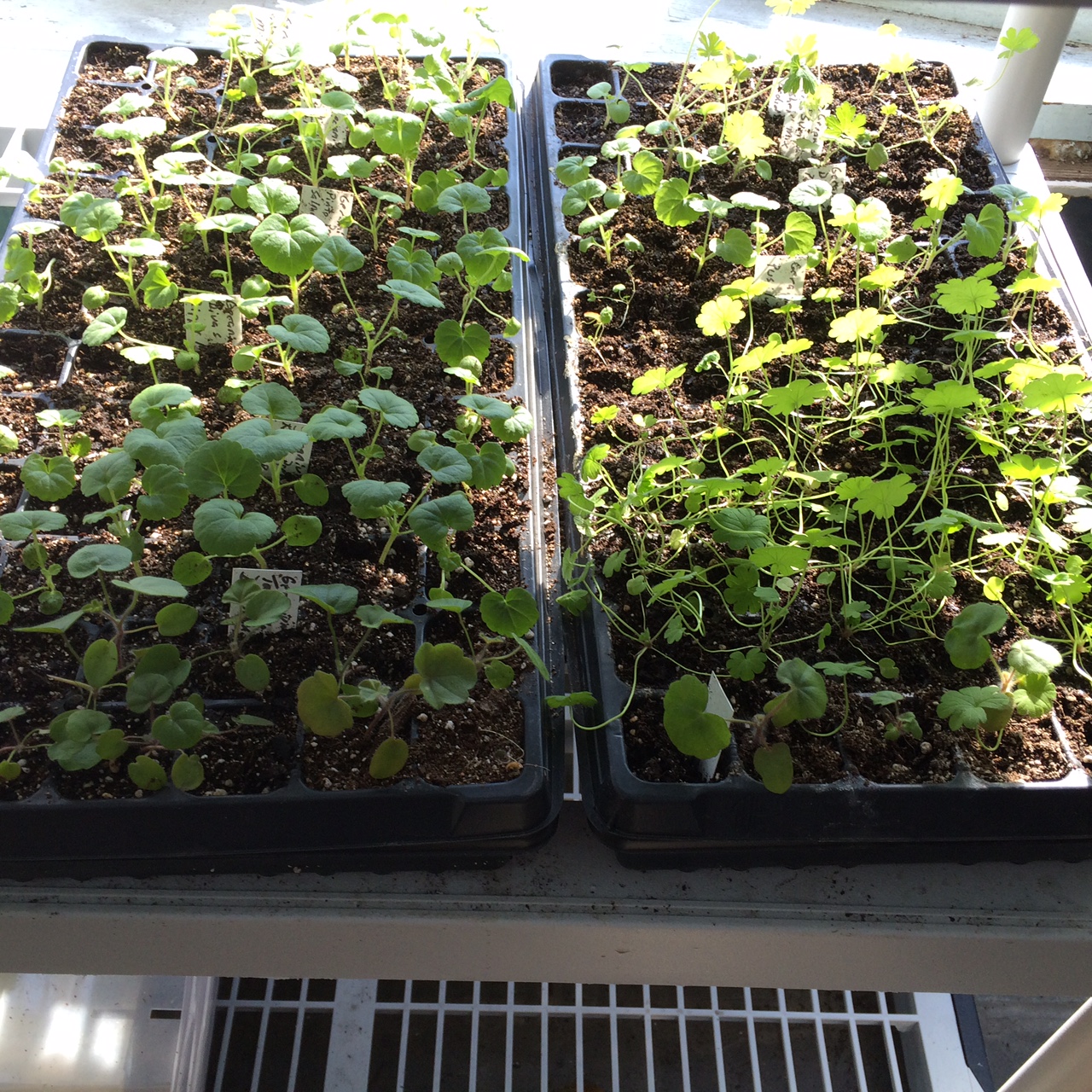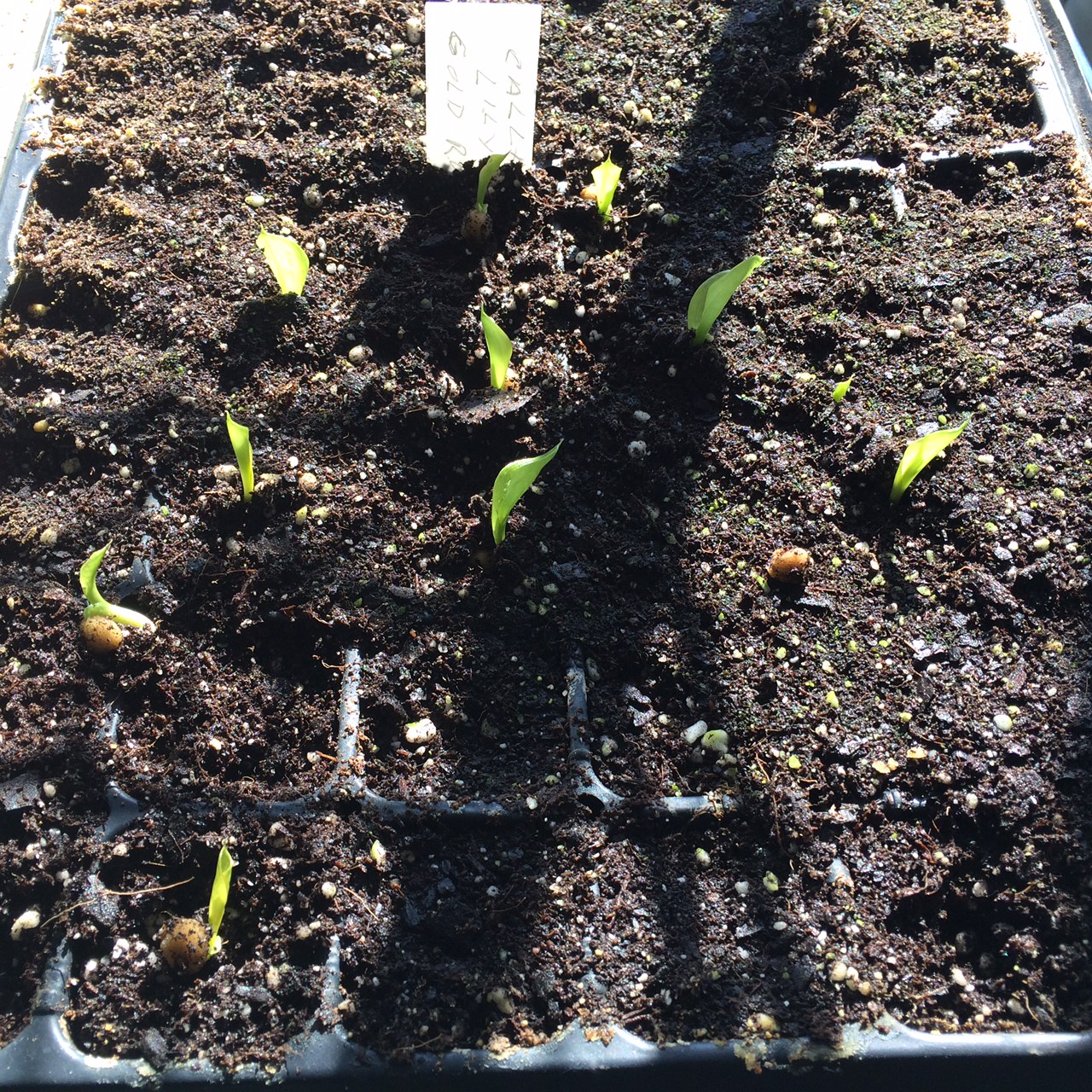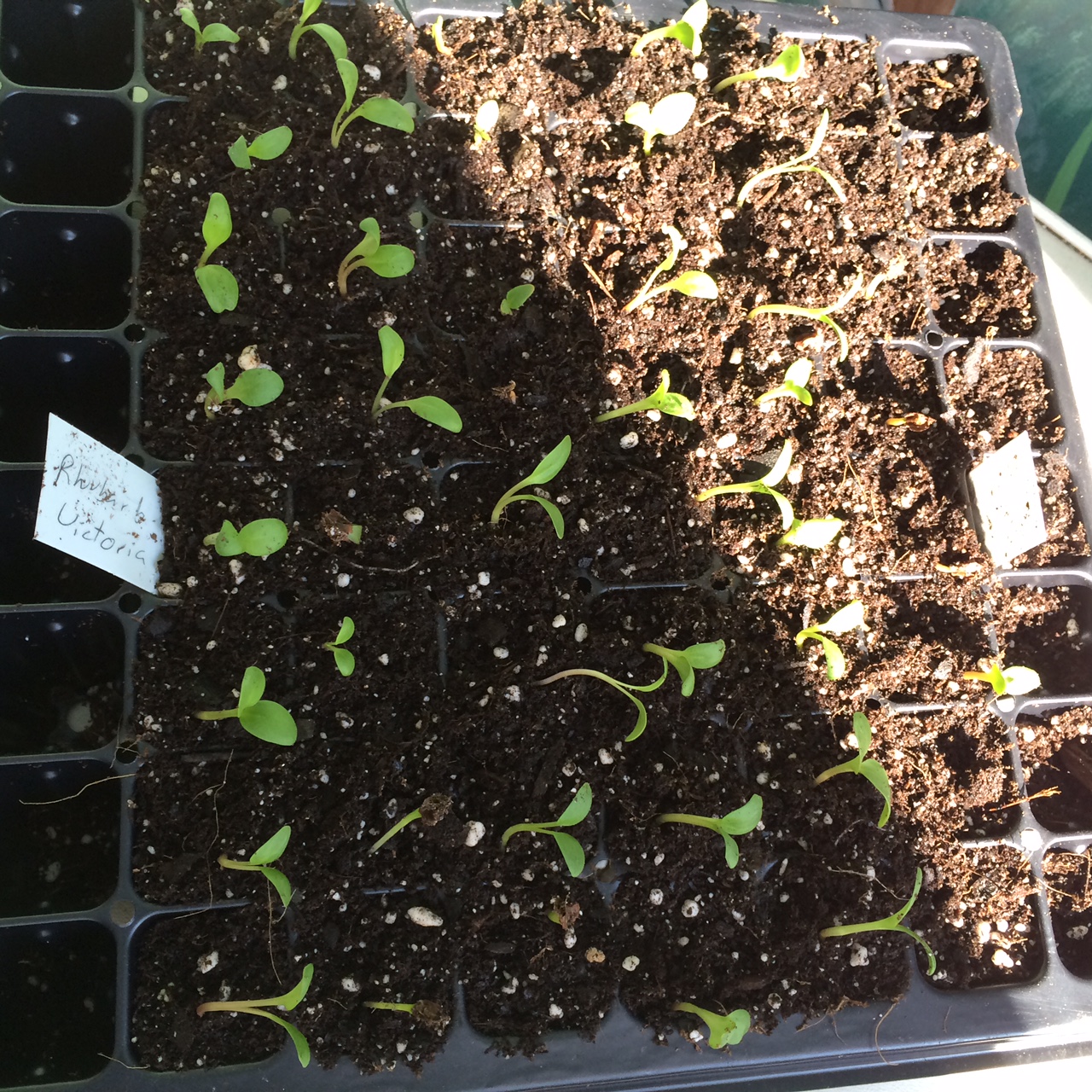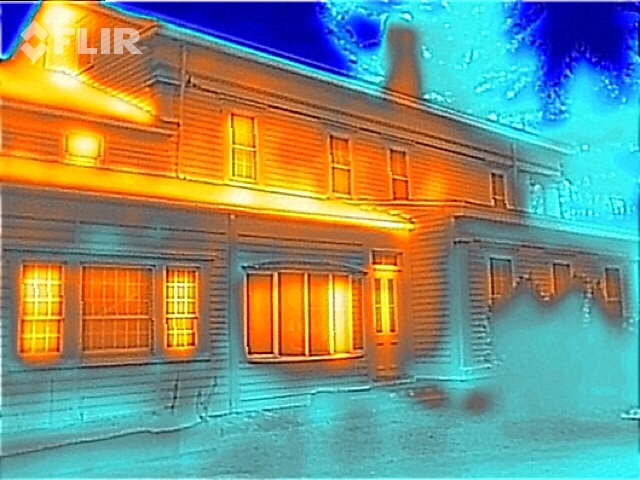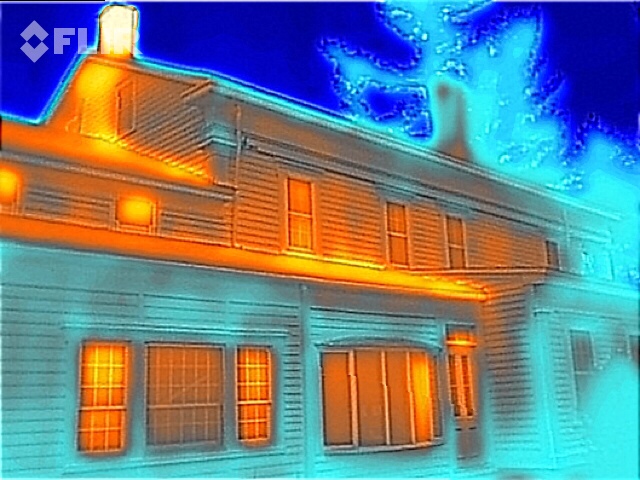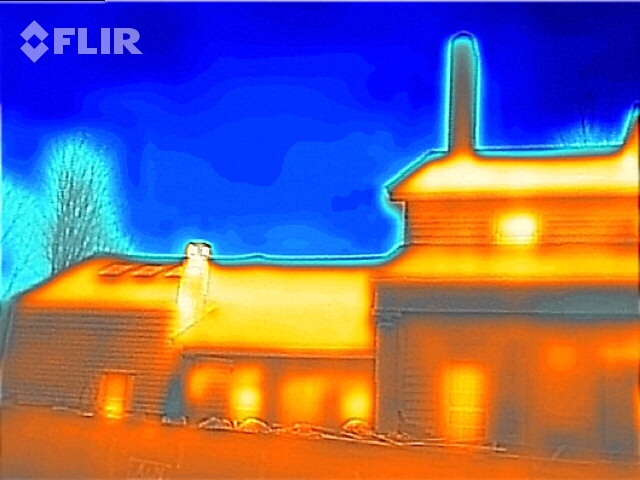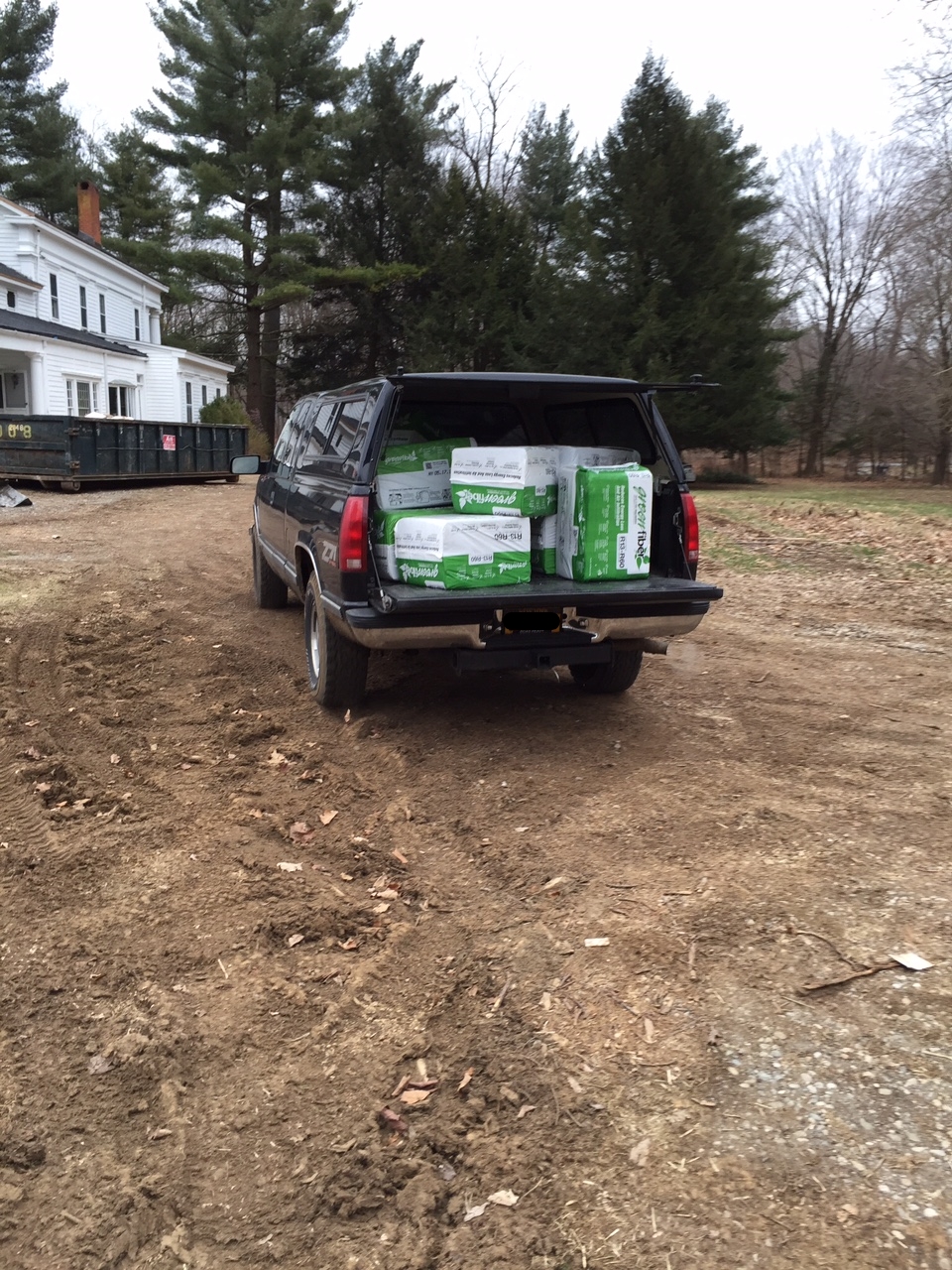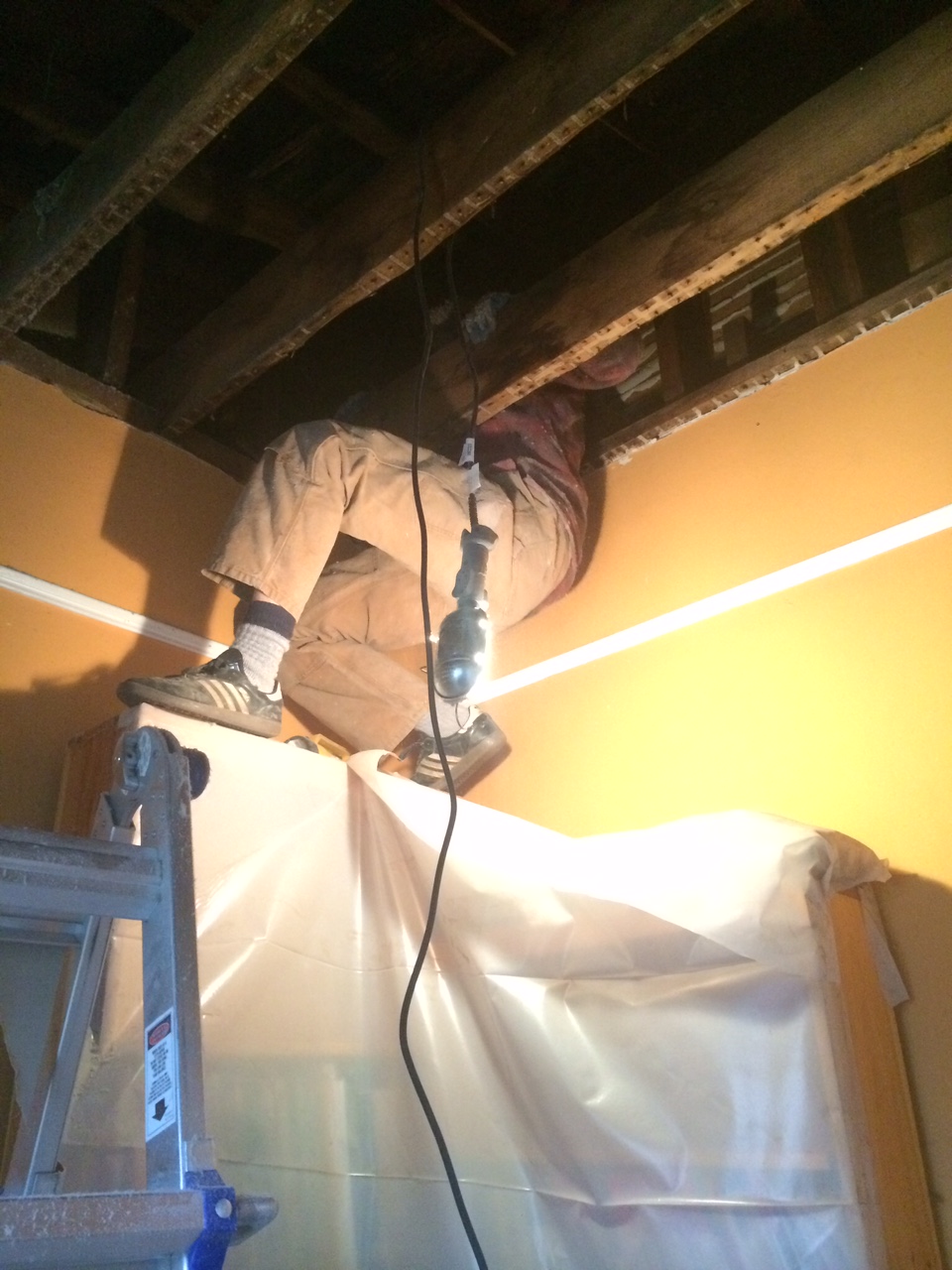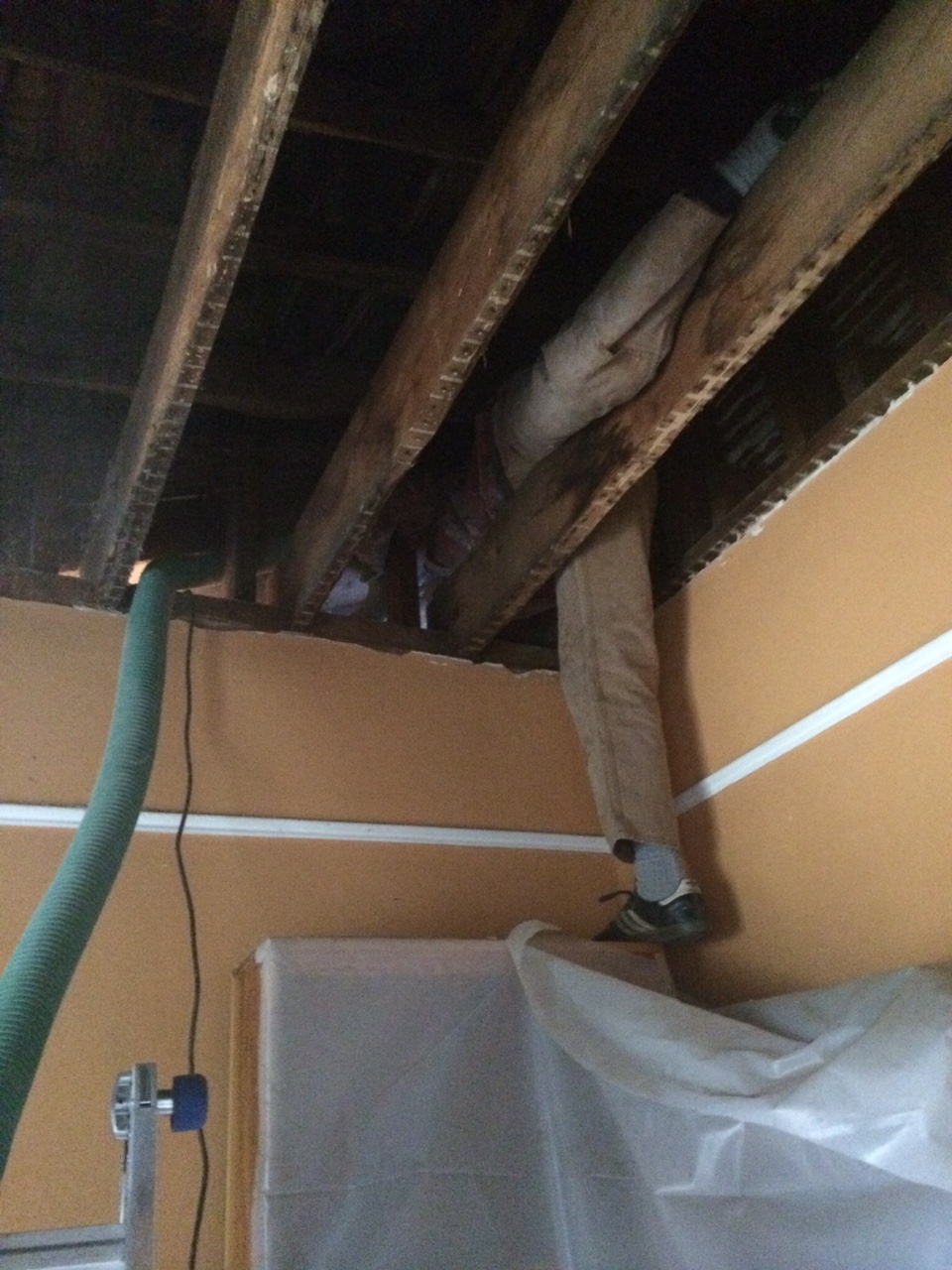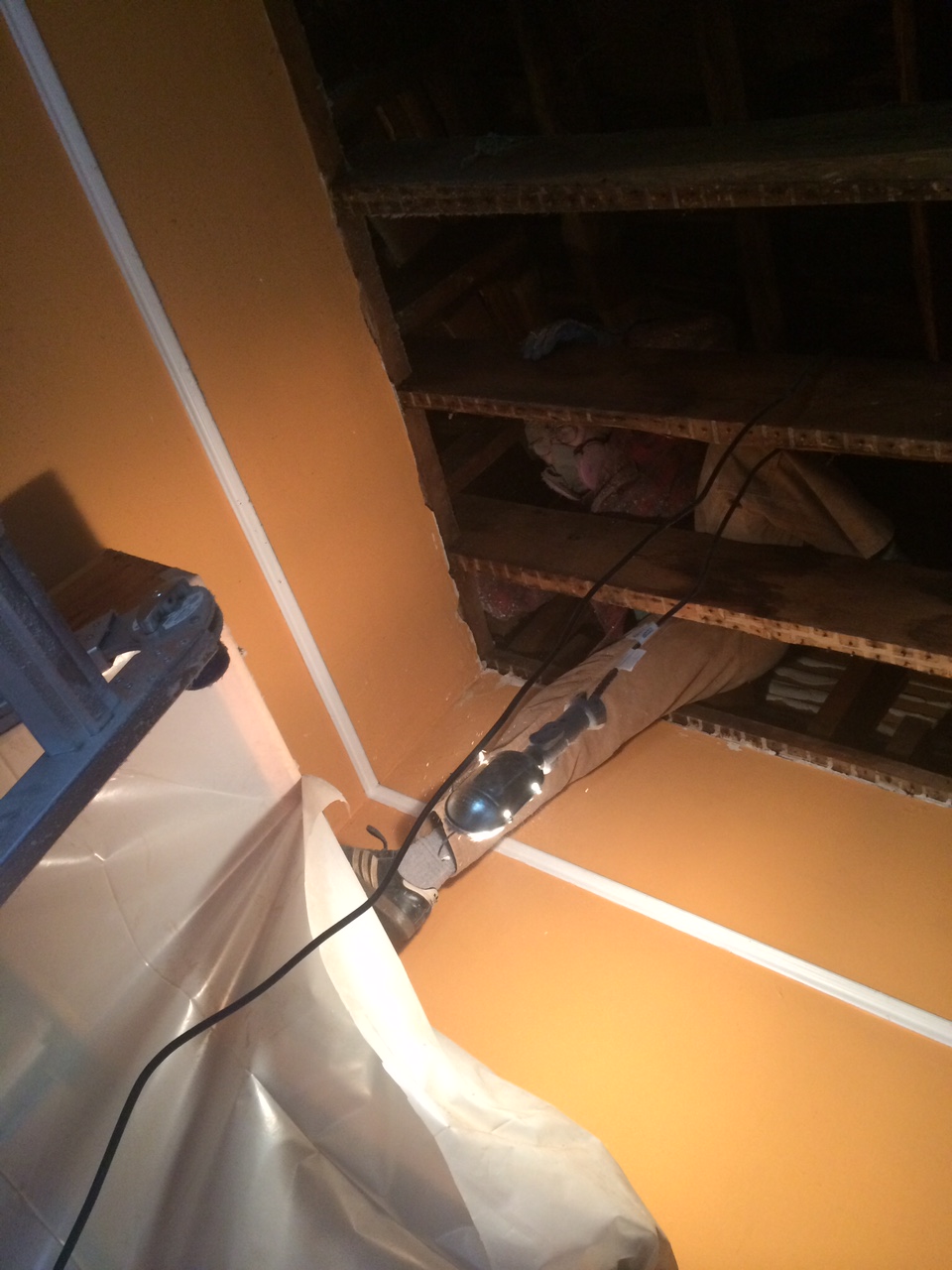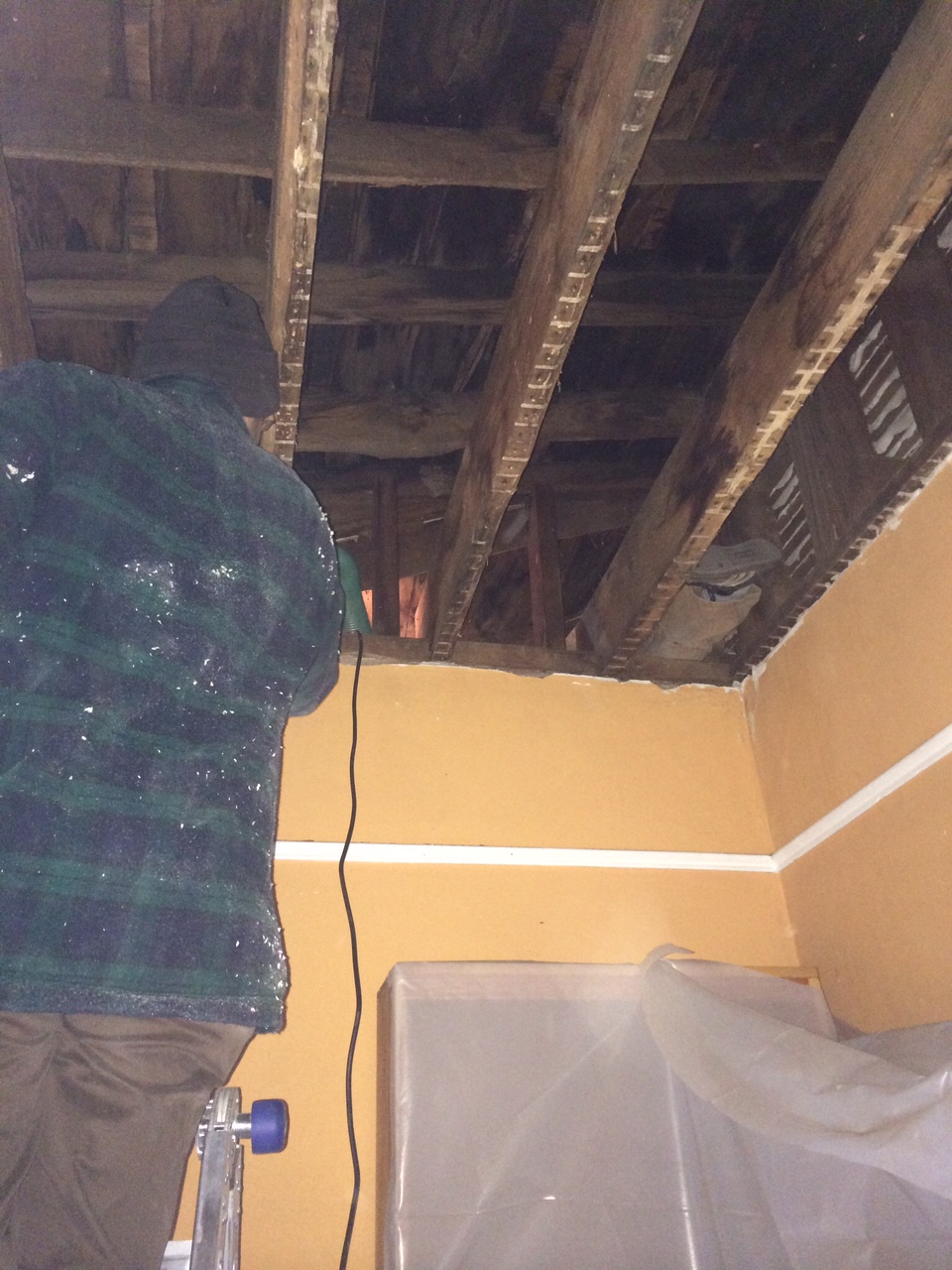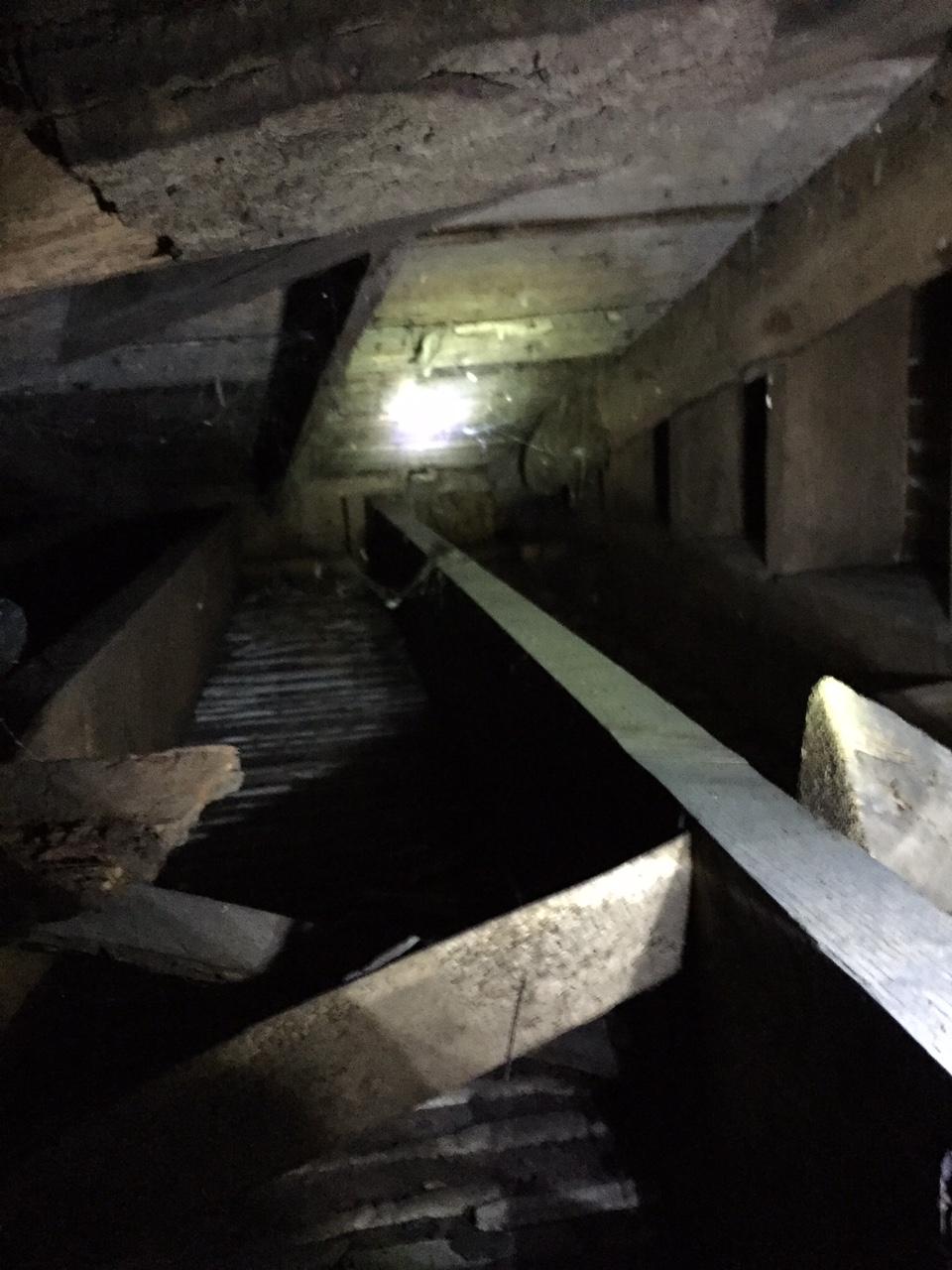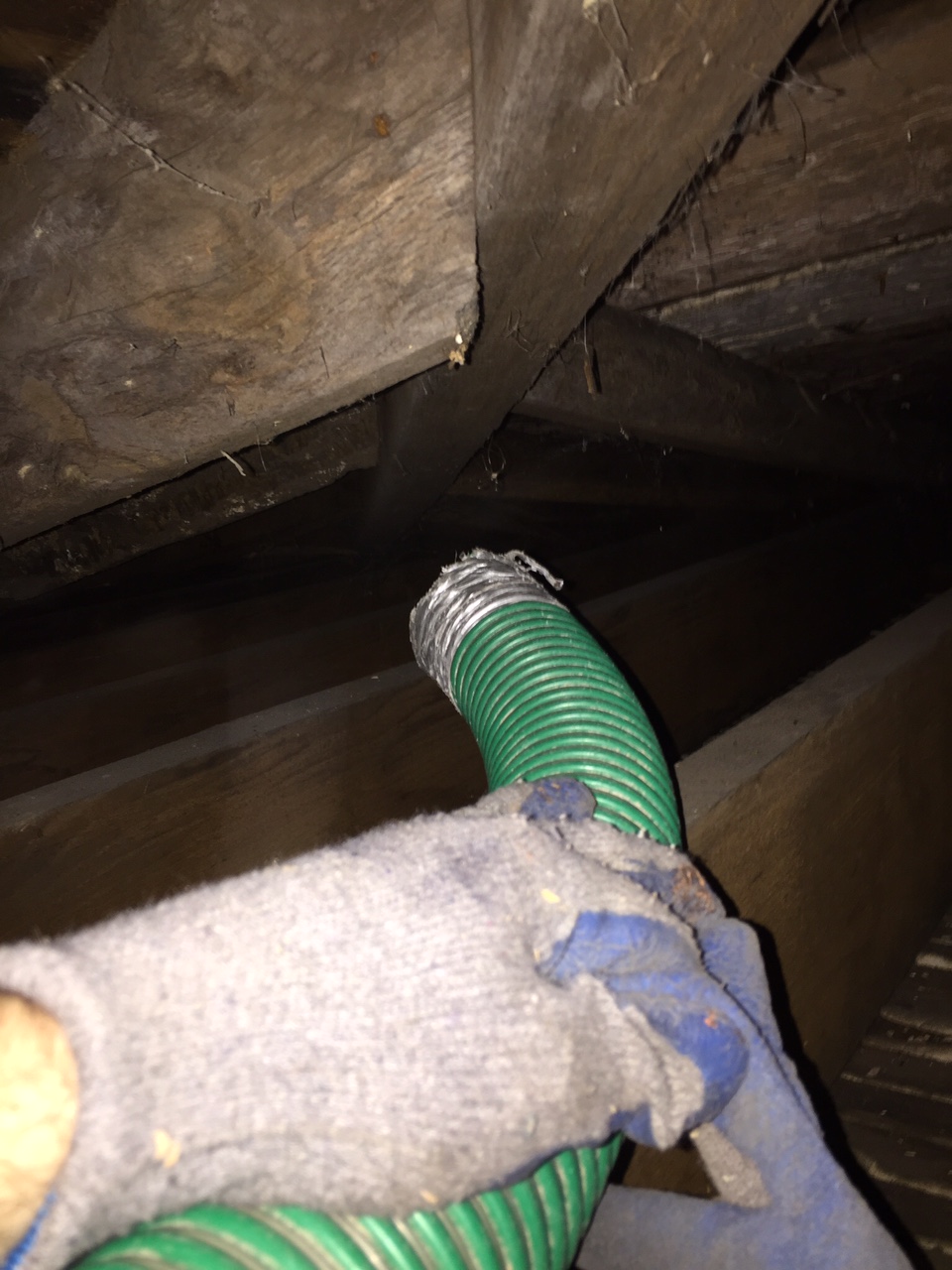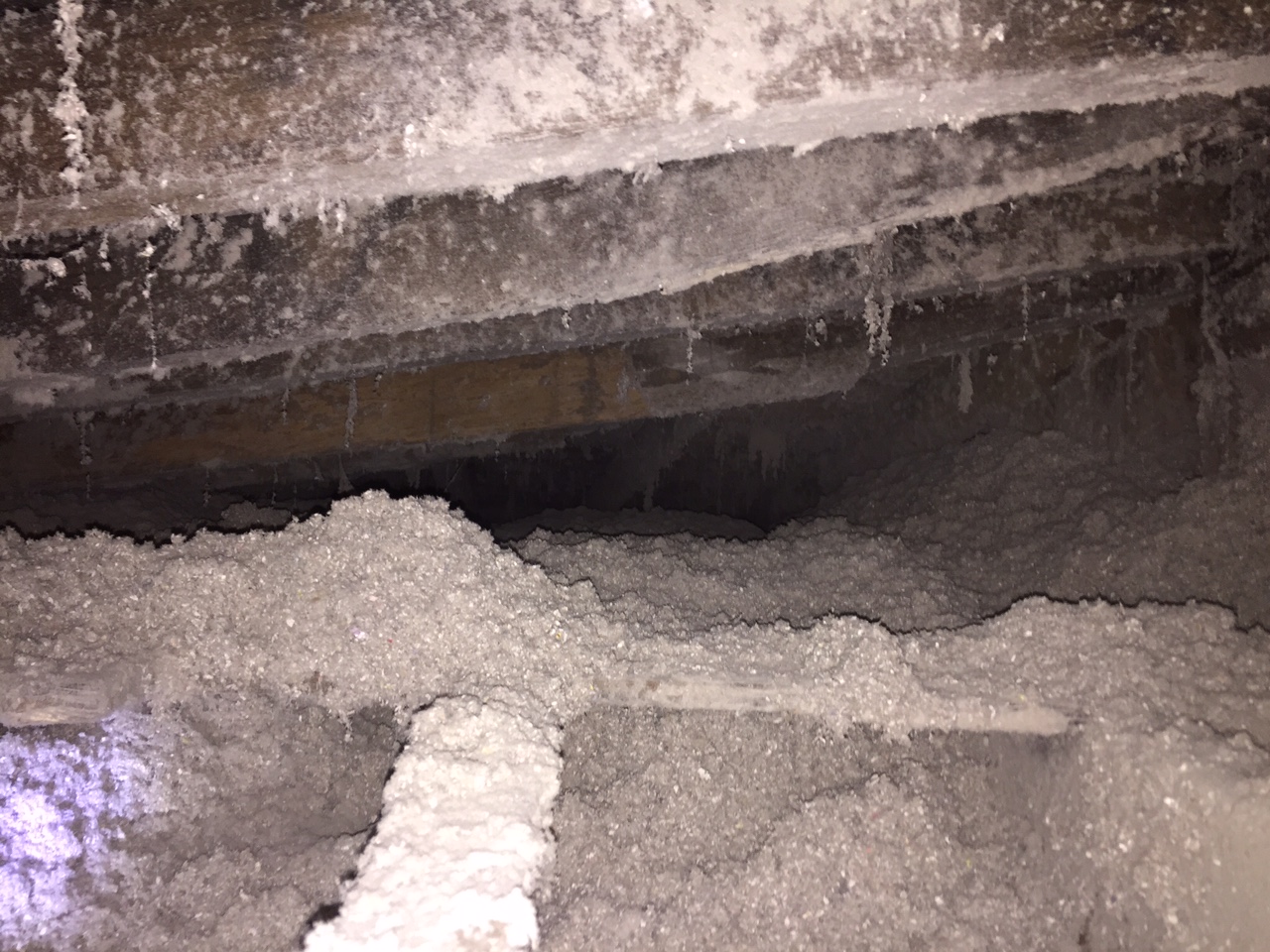Getting Traction
The farm had a great driveway probably about 150 years ago, that's not meant to be a joke, seriously the last evidence of this placing having a good driveway is a sepia tone photograph of folks in period dress, a guy in a rocking chair and a horse n' buggy. Gravel had been put down from time to time over the years so the basic foundation of a driveway existed but it was very muddy and washed out. Based on that old photograph and the way the grass grew in we could see that the drive used to curve around the front and then go back along the side of the house. We could not replicate the exact front circle because a couple 100' pines grew in the way over the last century, but we created an amoeba like approximation which really ended up looking good. There are right and proper ways to make a driveway and there are less proper ways and then there are hybrid versions like we opted for. Purists will tell you that a base coarse needs to be put down then weed fabric then various grading and edging. Those purists probably don't have to deal with driveways that are over 1000' long very often, we opted for the more old fashioned way, put down gravel and then drive on it a lot and regrade from time to time. Eventually we will put in belgian block edging but at a cost of about $5 a foot times over 2,000' of edging, well, you do the math. Ermela came up with the great idea of using thin cinder blocks as the temporary edging, at a cost of less than a $1 a foot and capable of holding plants in the holes (we will be planting trailing thyme in each and every hole - three holes per block, you do the math) they turned out to be perfect. They do break if hit with a plow or backed over by a heavy truck, but we think they will tide us over until we win the lottery.
What follows is really just a lot of pictures of the whole family pitching in to bring this project together. In short, we used a trencher to cut the channels and the driveway shape. We then put the cinder blocks in the channel, back filled and brought in gravel. Sounds easy right? Wrong, it was a bloody nightmare, especially because Graham thought he could move the 220 tons of gravel on his own..by hand. You heard that right, genius over there tried to move 4 million pounds of gravel, it didn't happen. The gravel company owner watched for about 2 hours with a little smile on his face until Graham and Donald could barely move and then he drove his dozer over and moved the rest of the stone in no time.
A big thank you to the whole family that came out over the holidays to pitch in and help, this was hard, heavy work. And a word to the wise, if you try this yourself, practice with the trencher a bit and try to find one that is capable of making turns.

